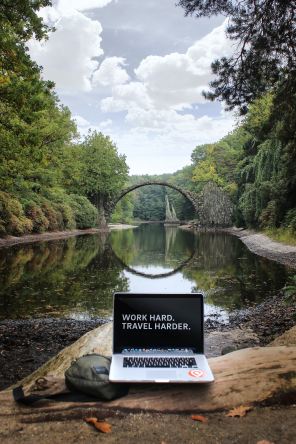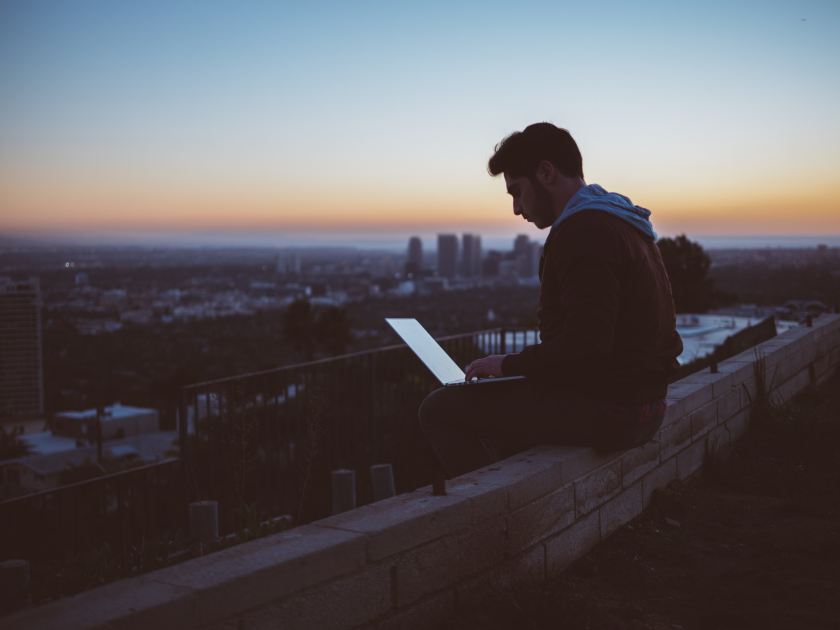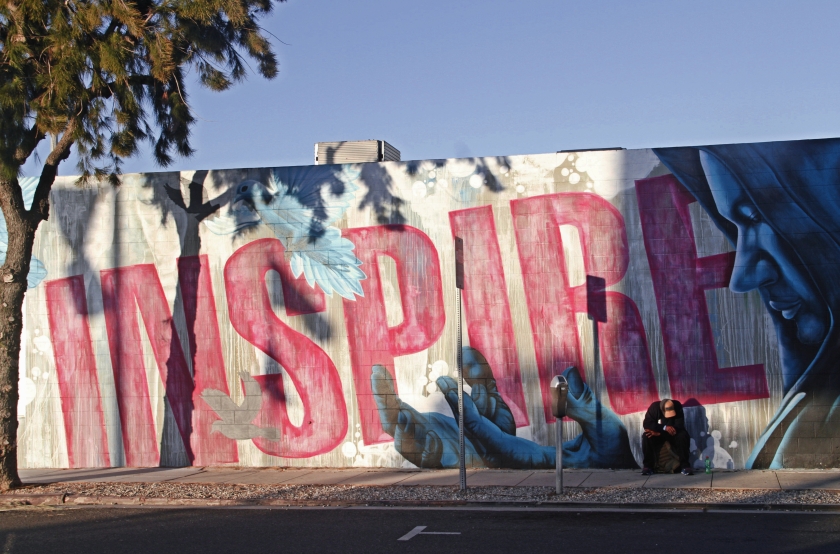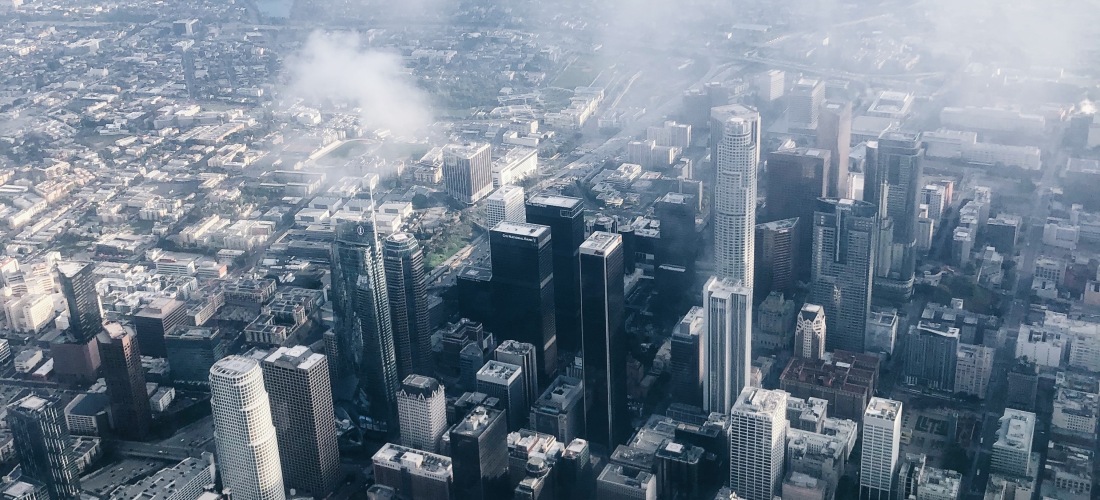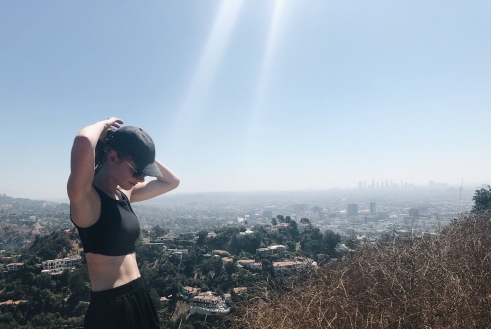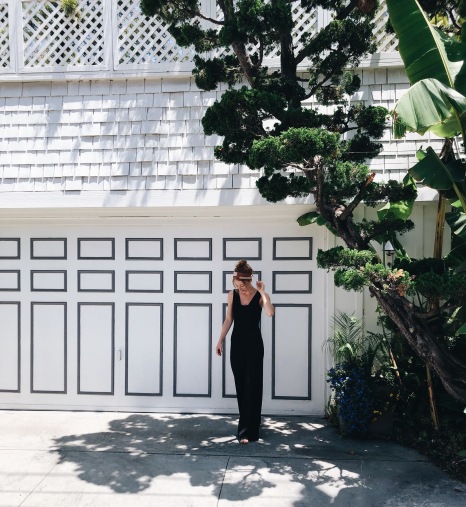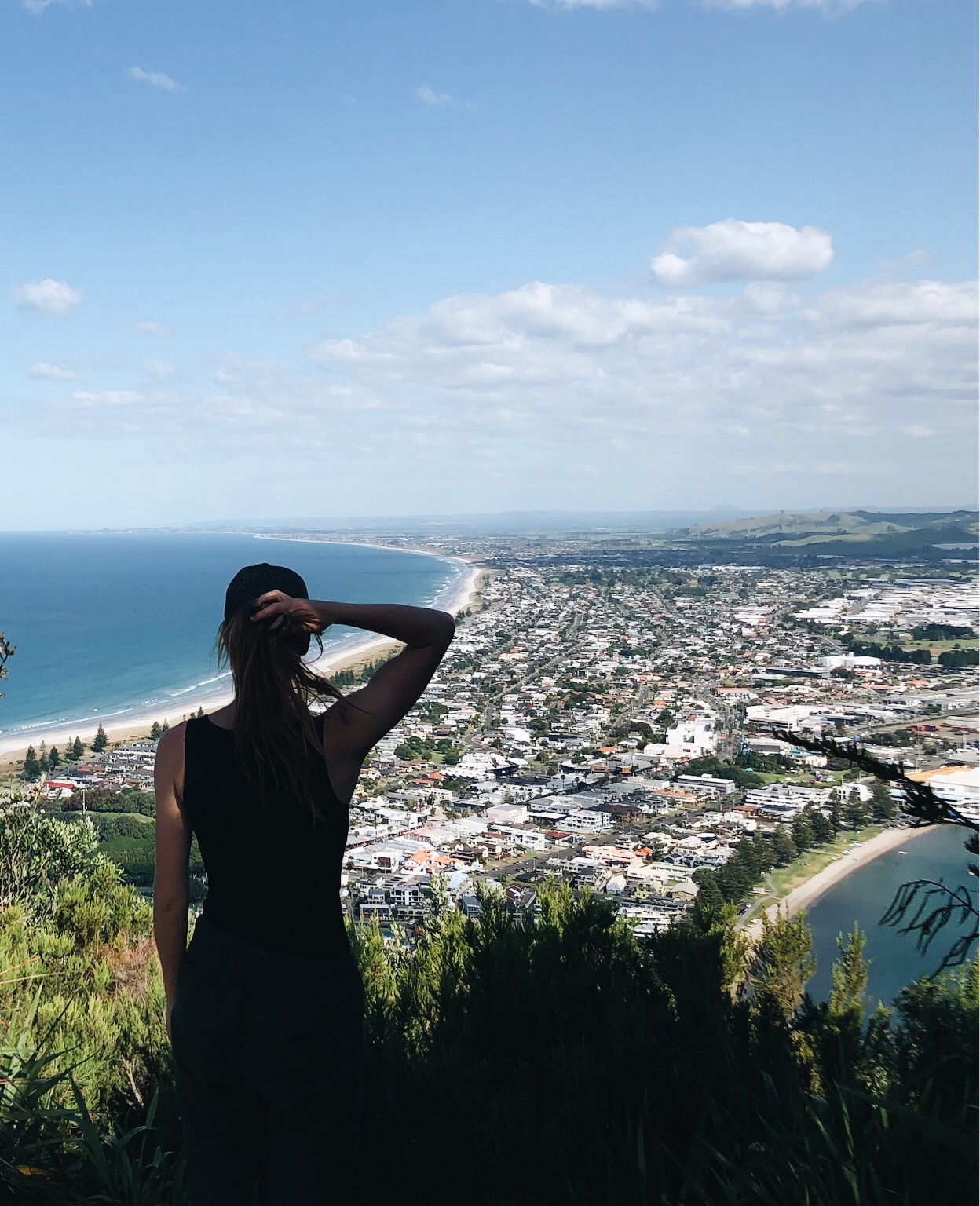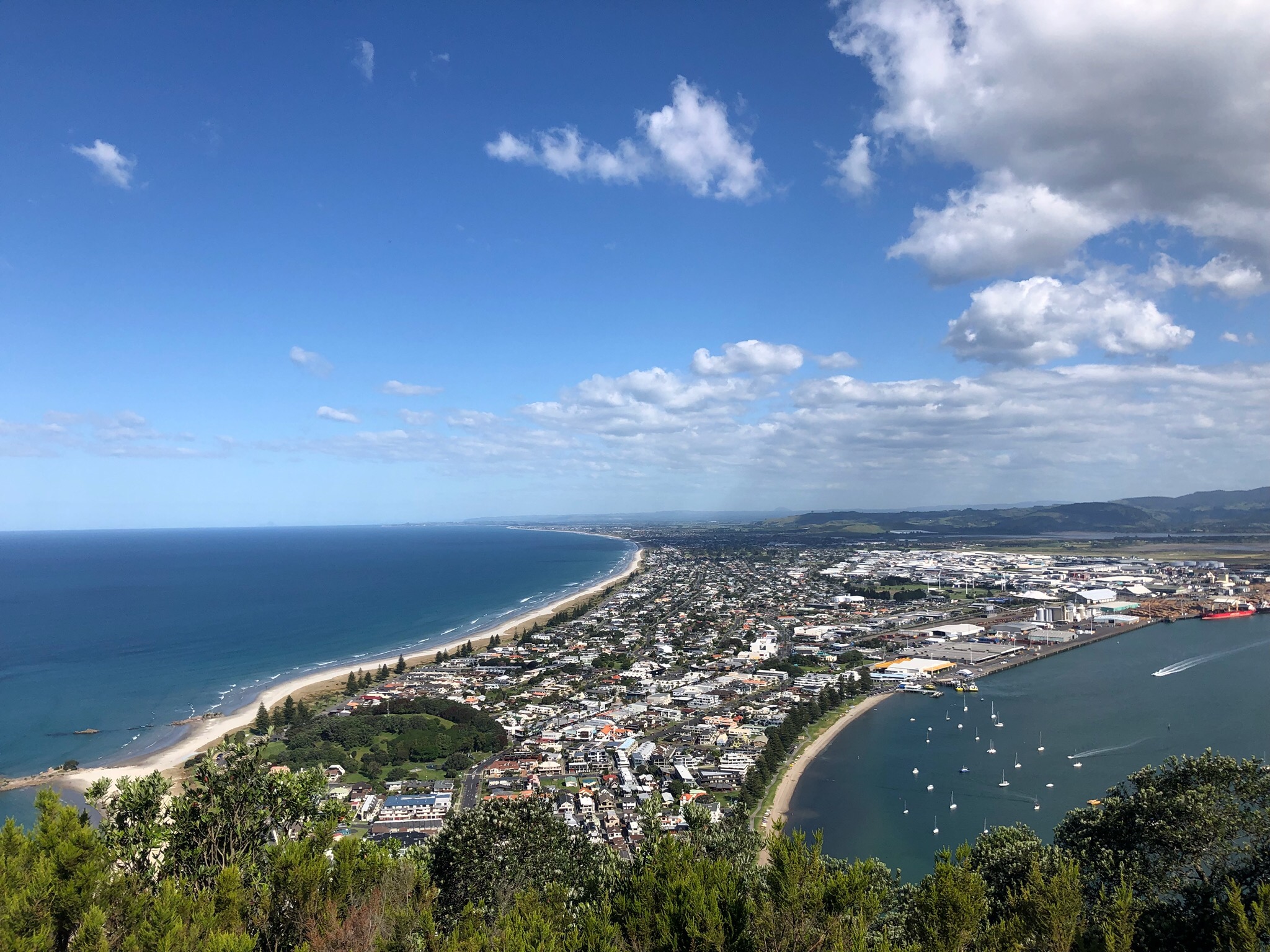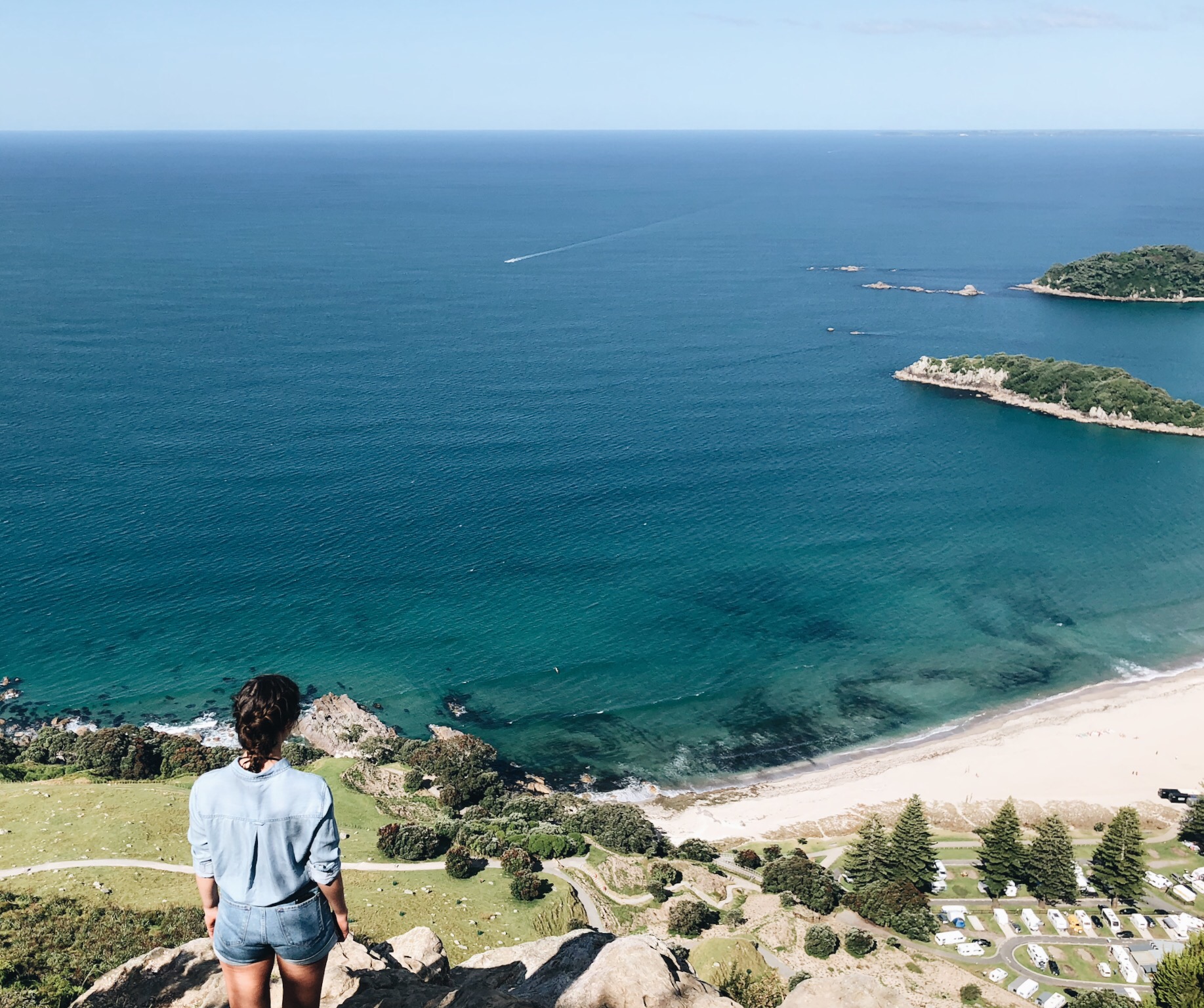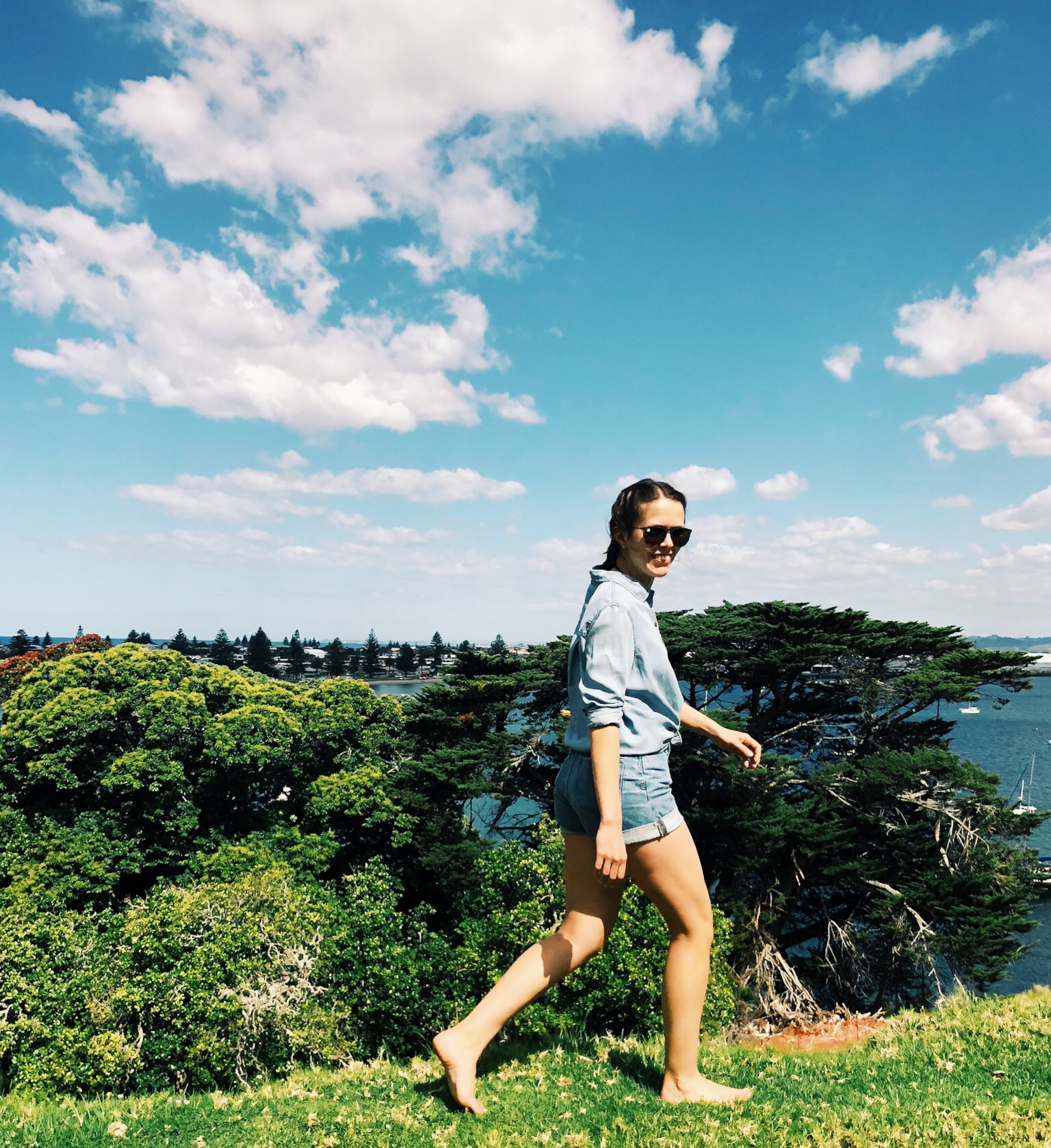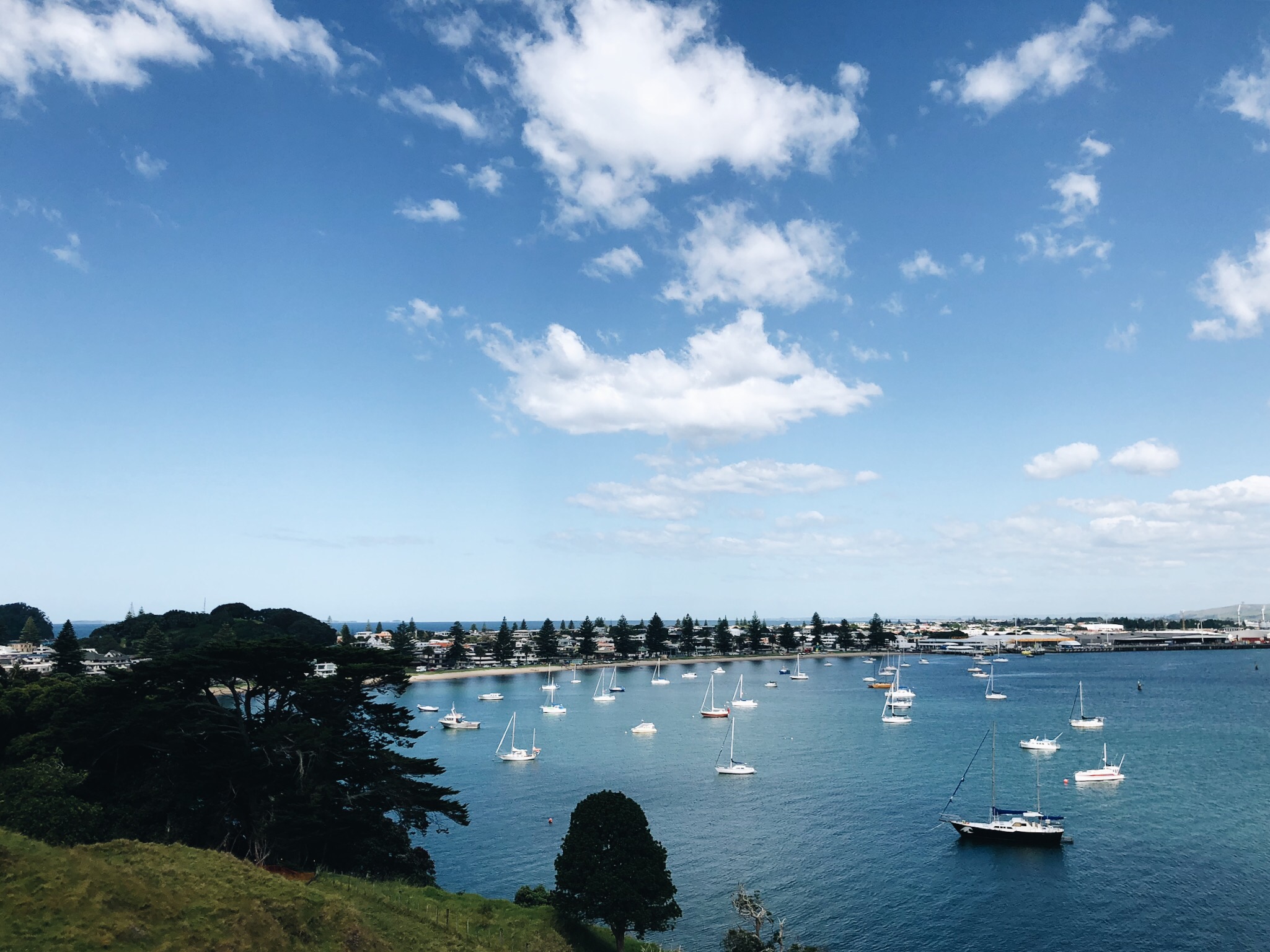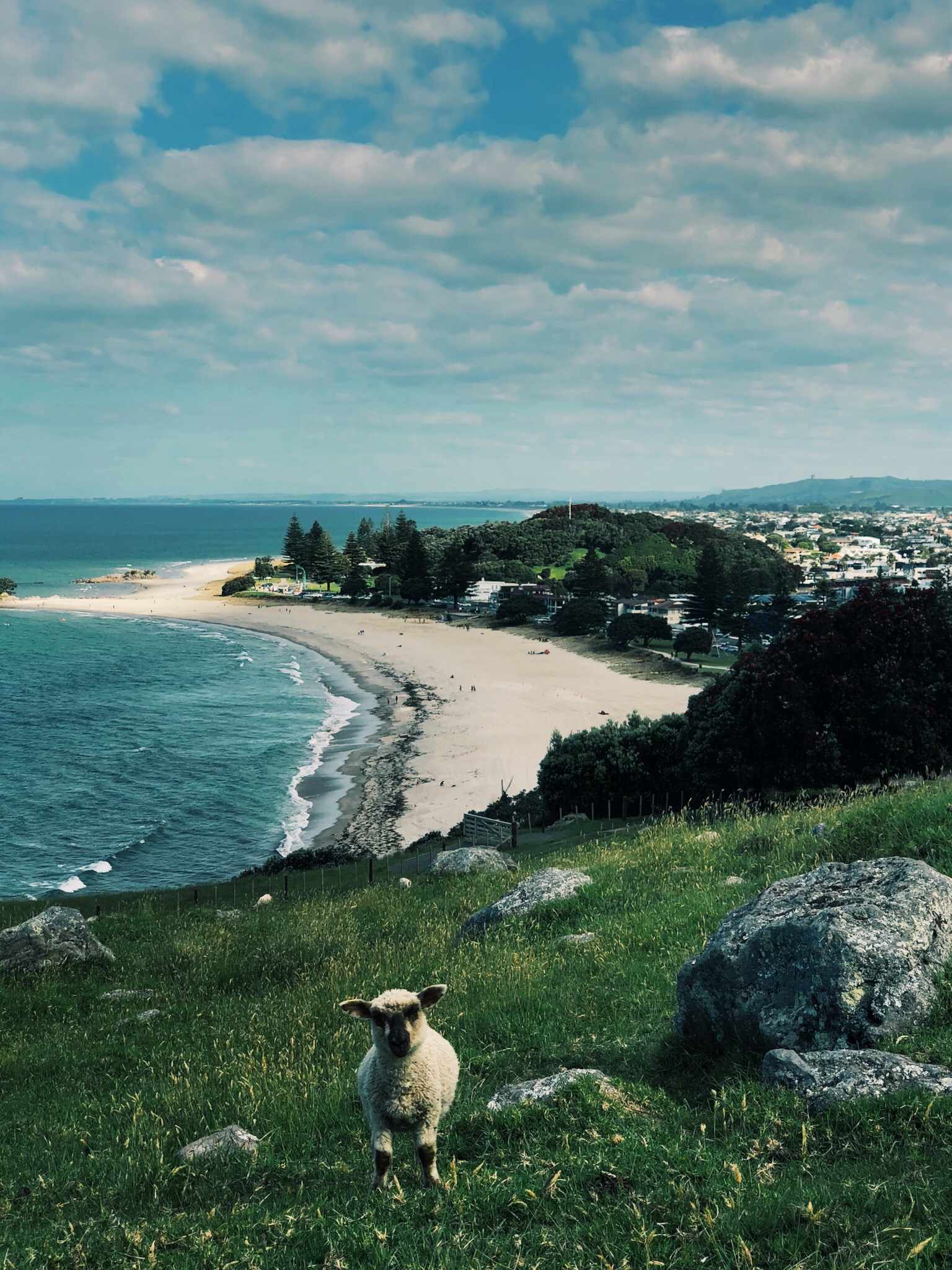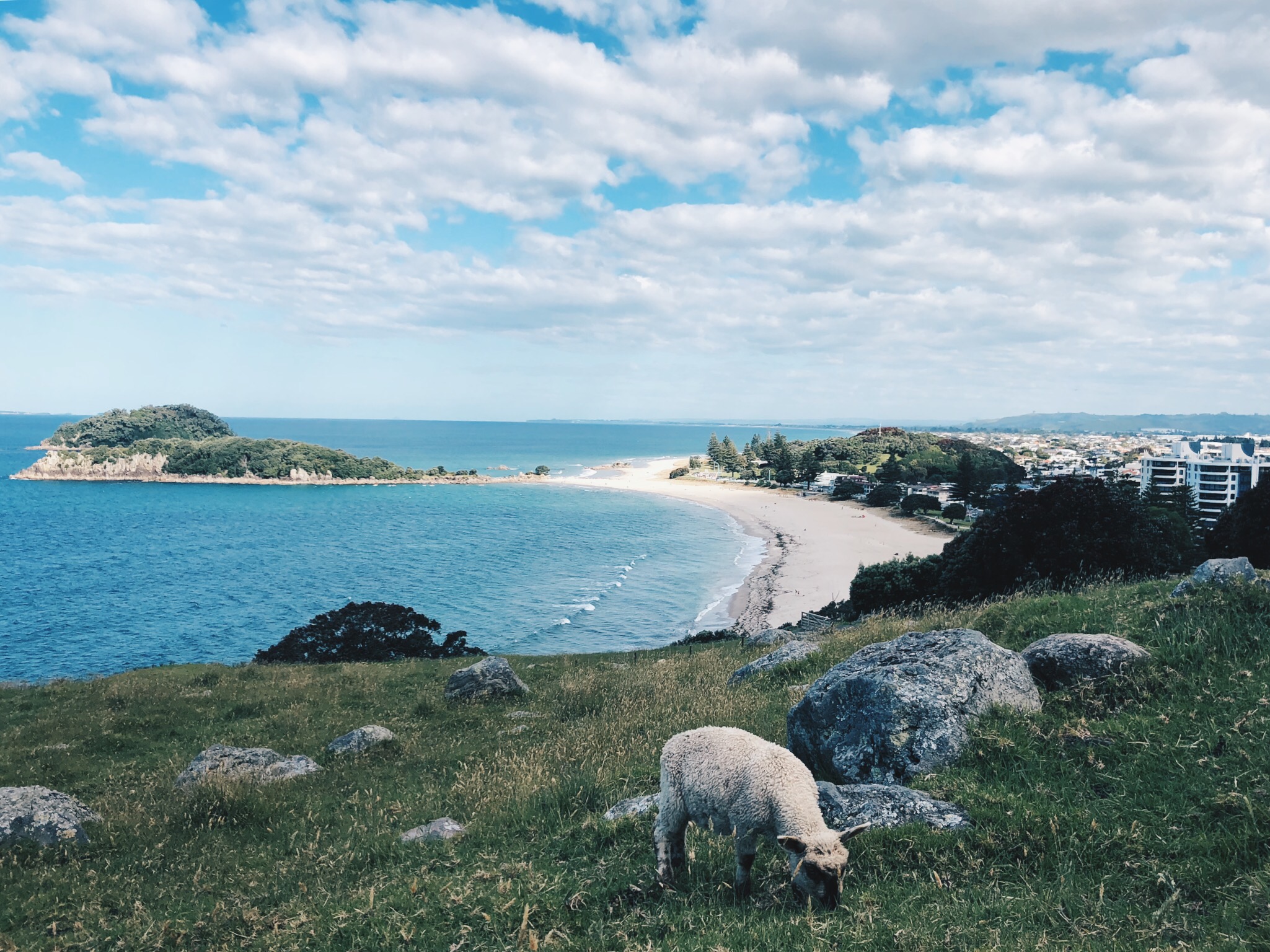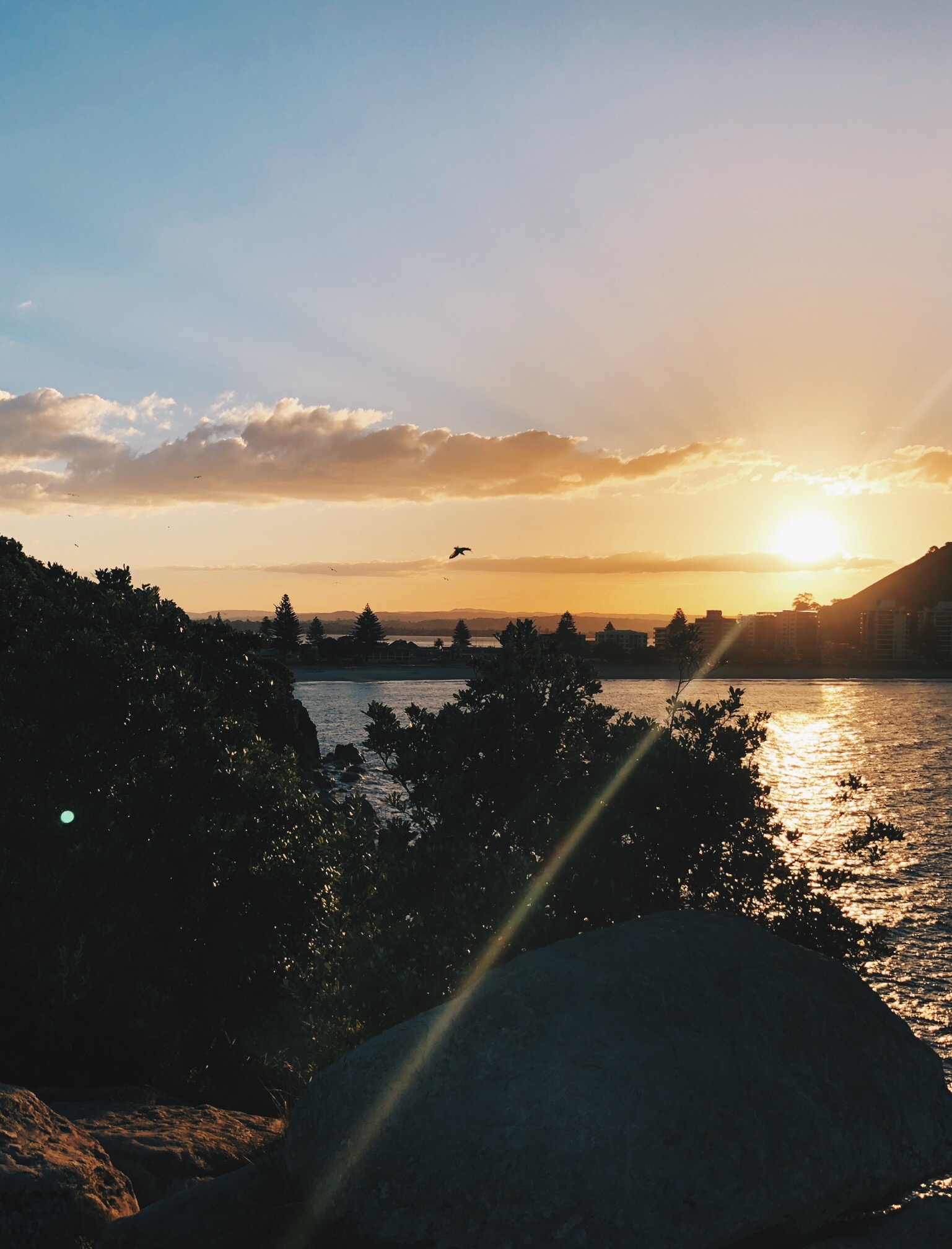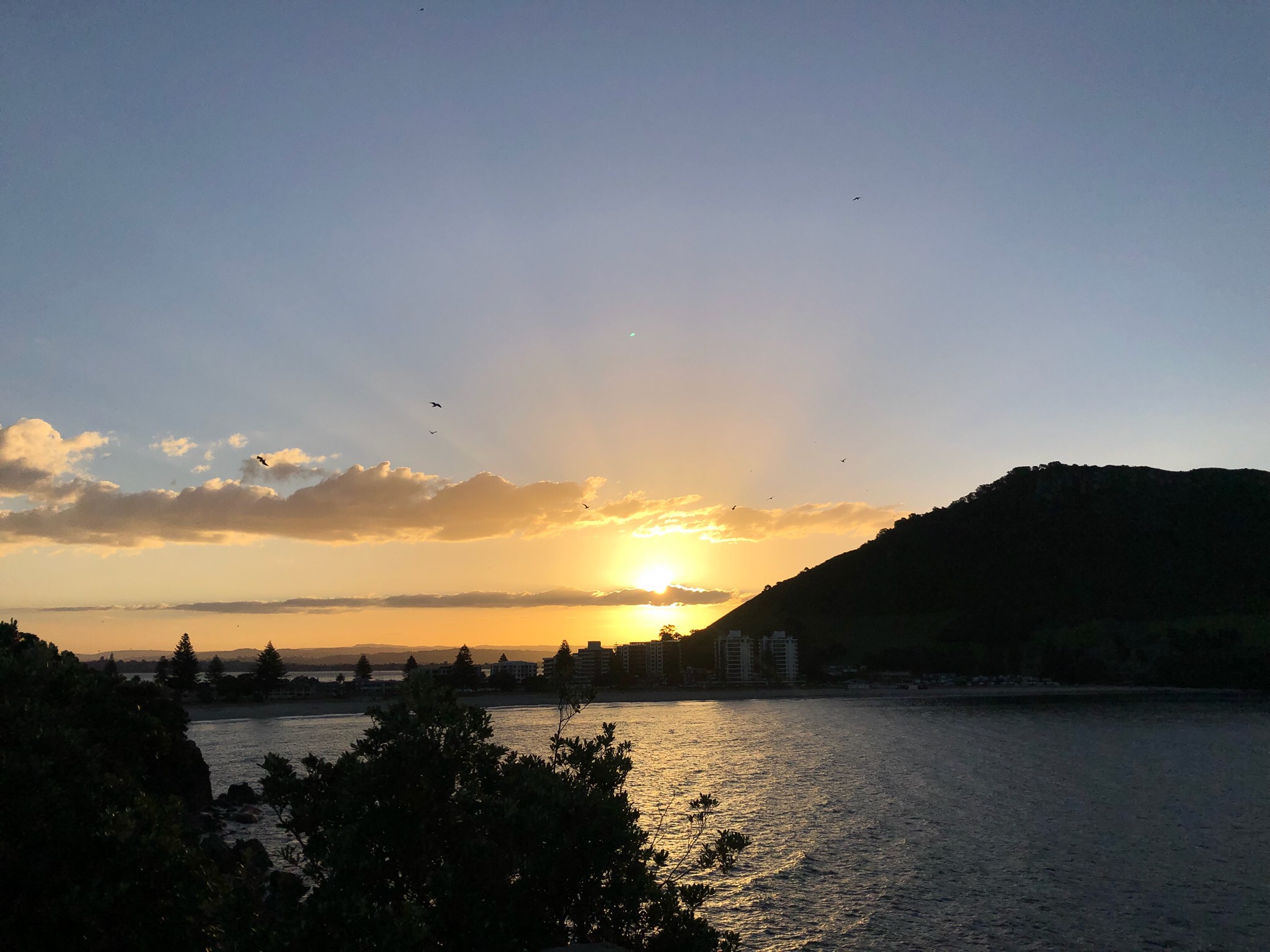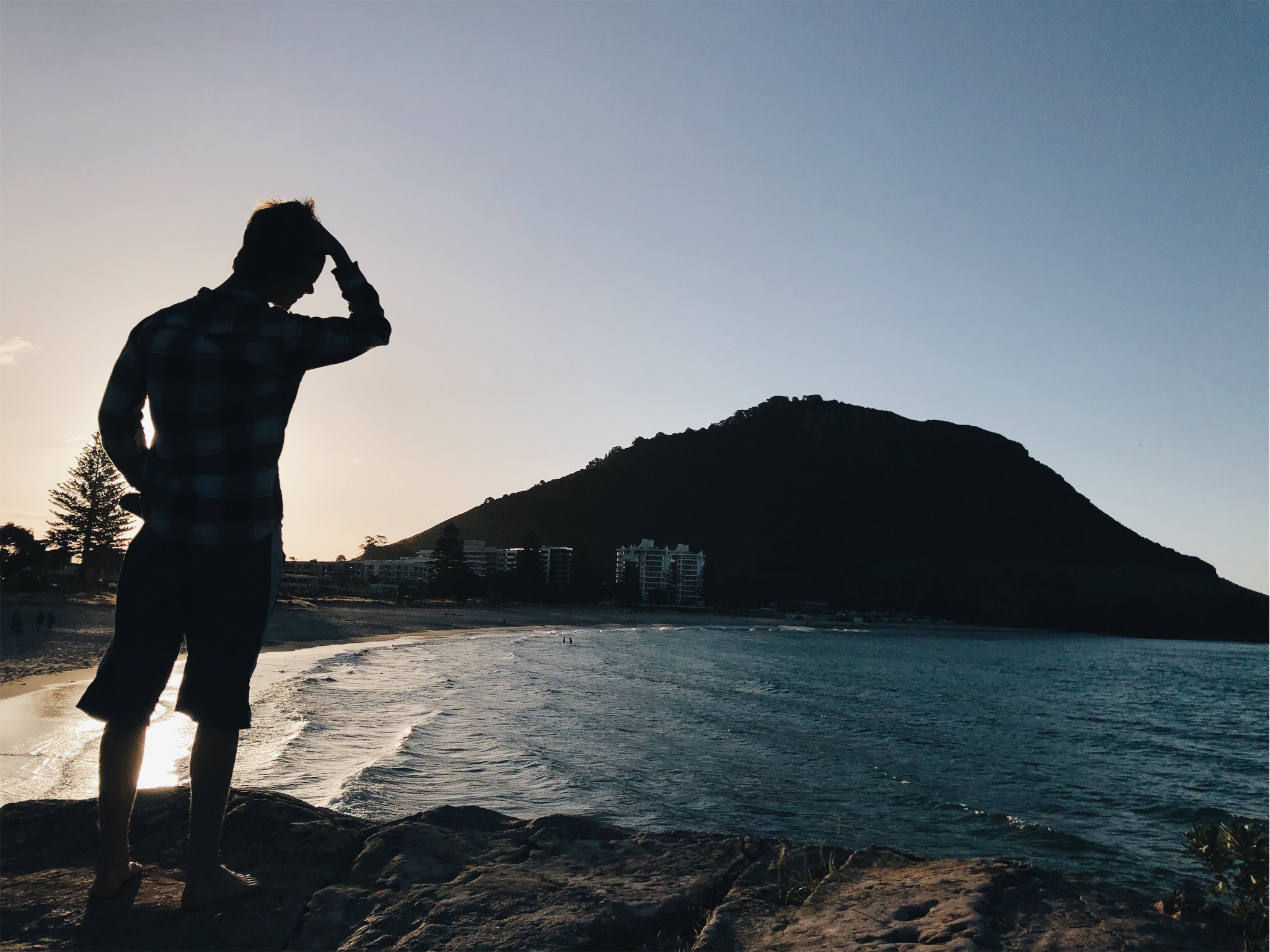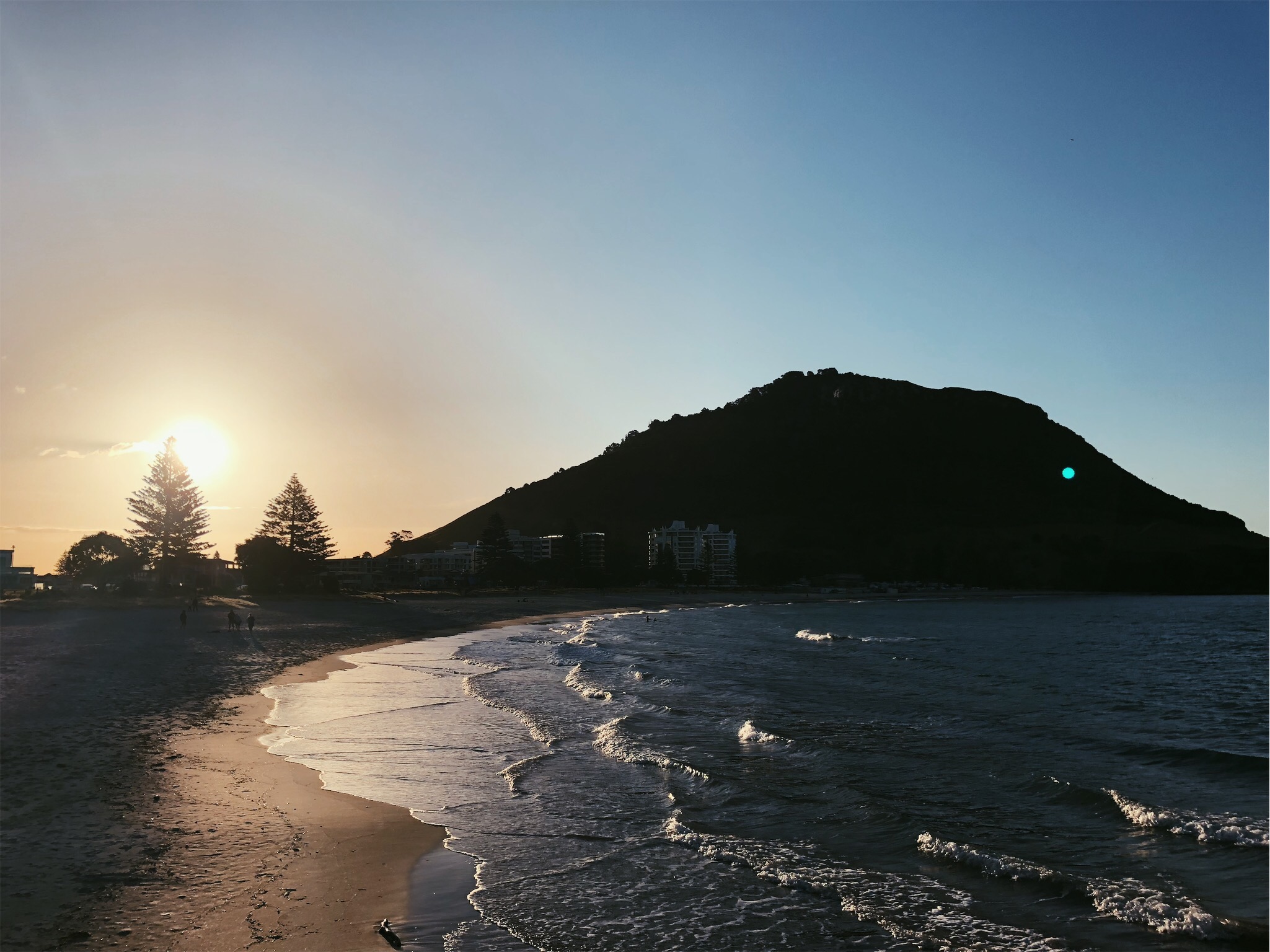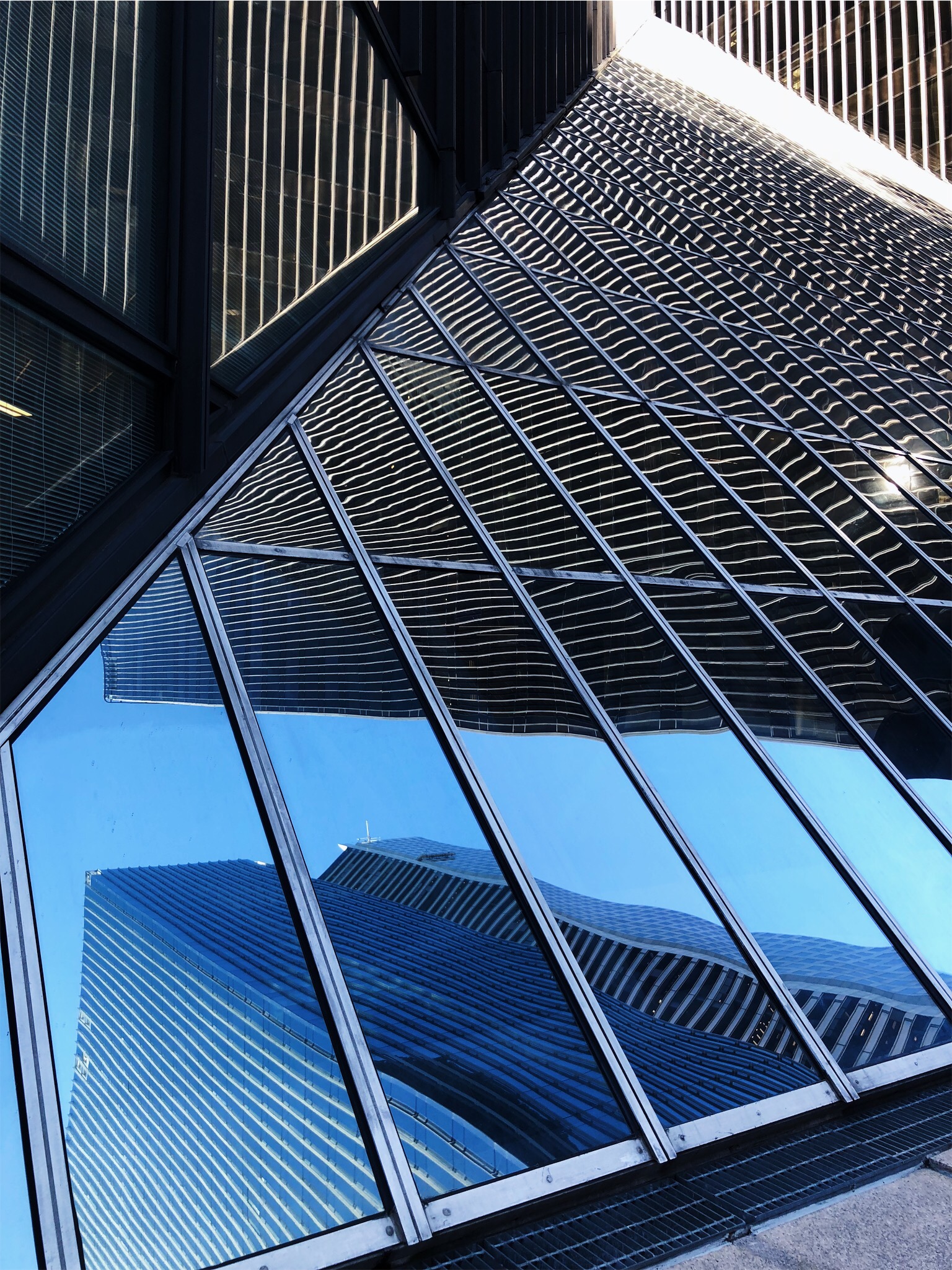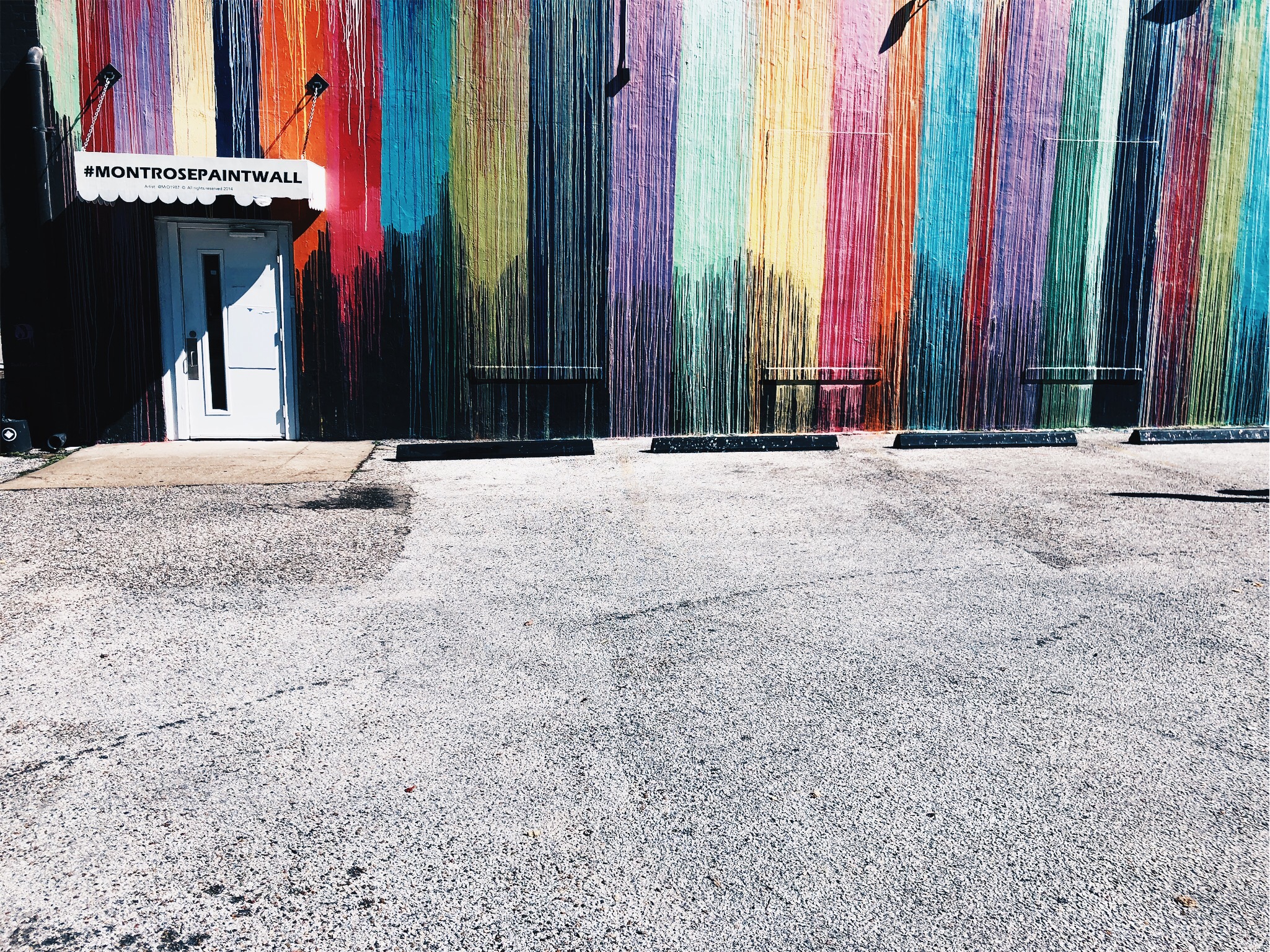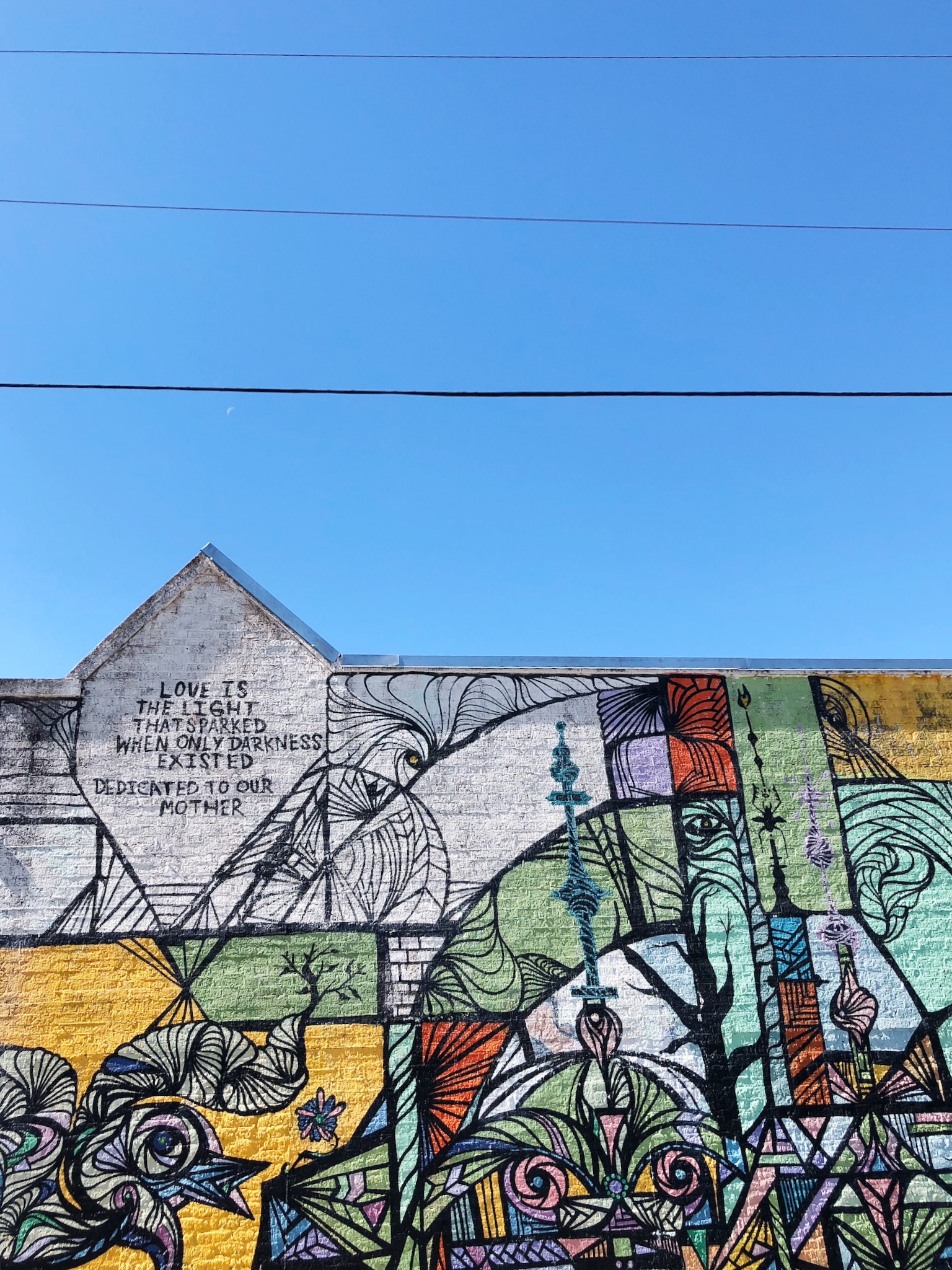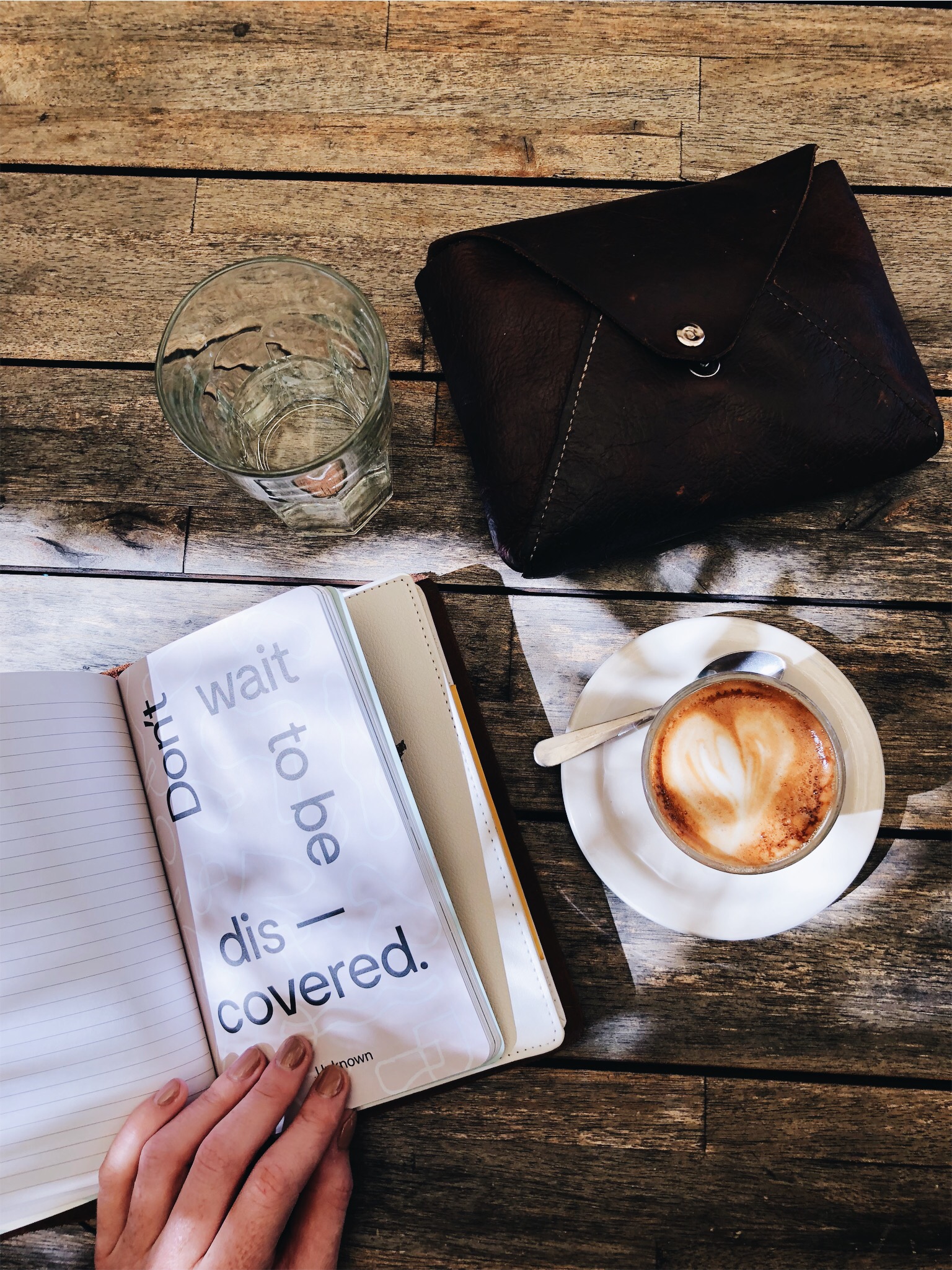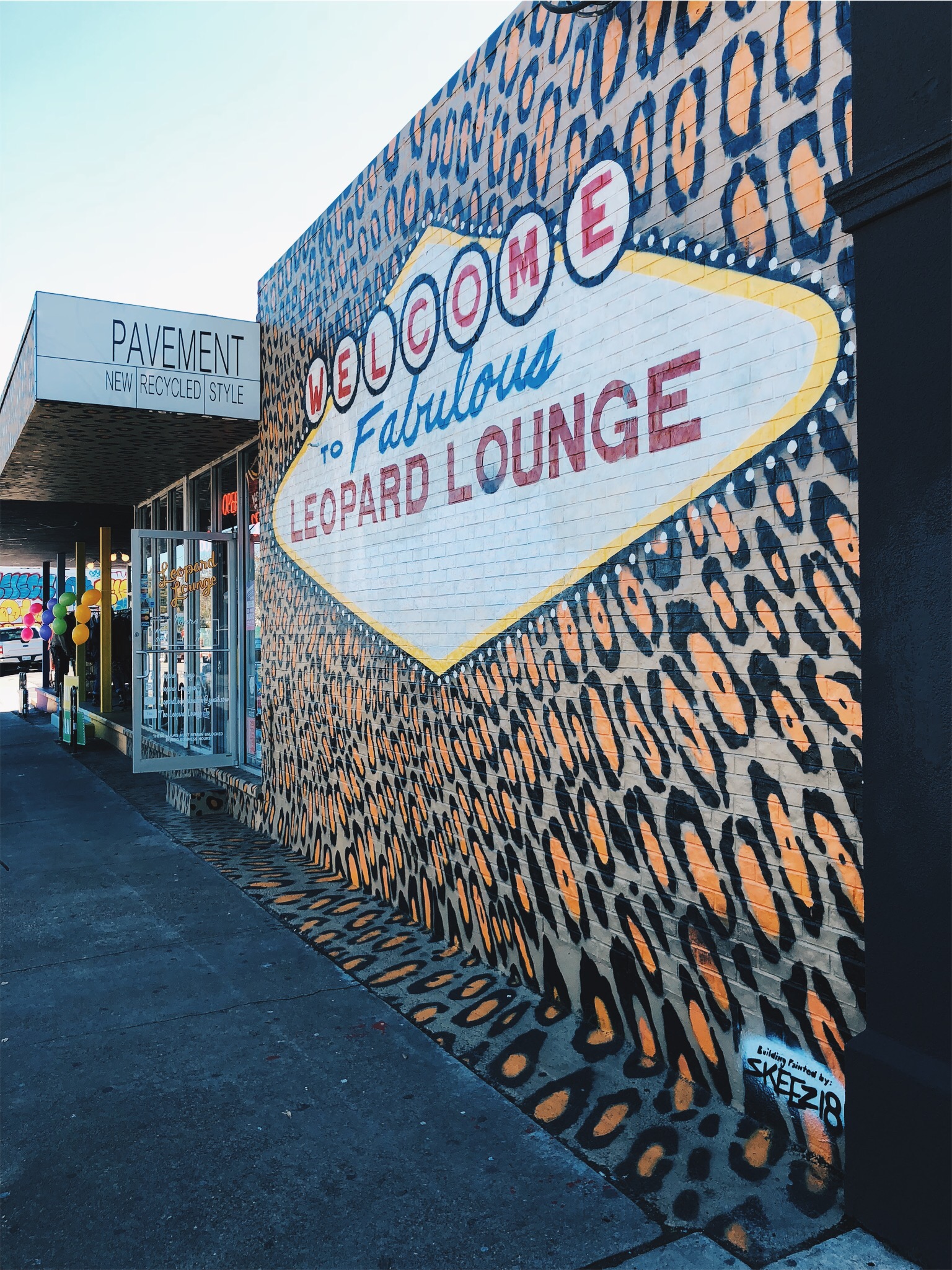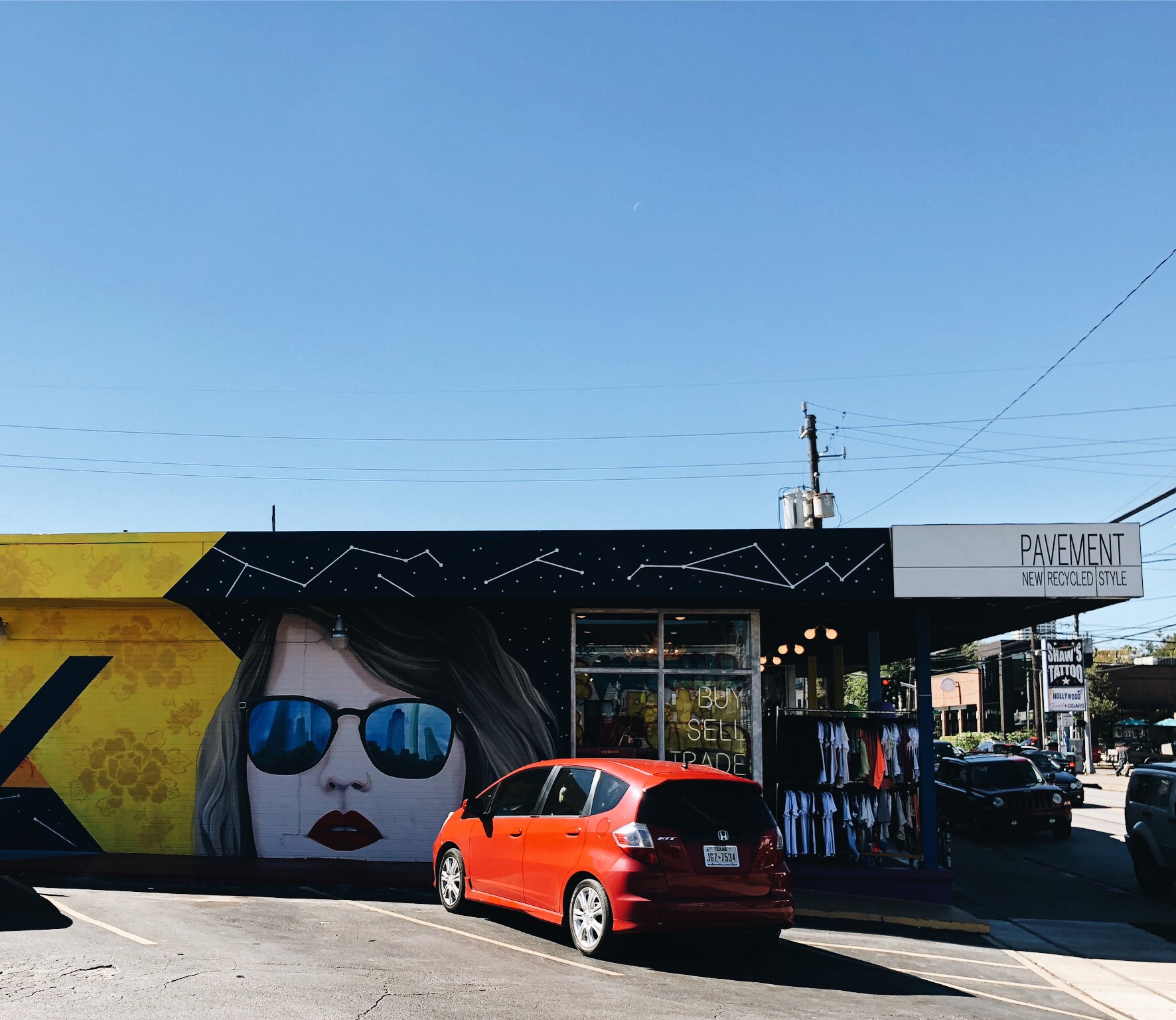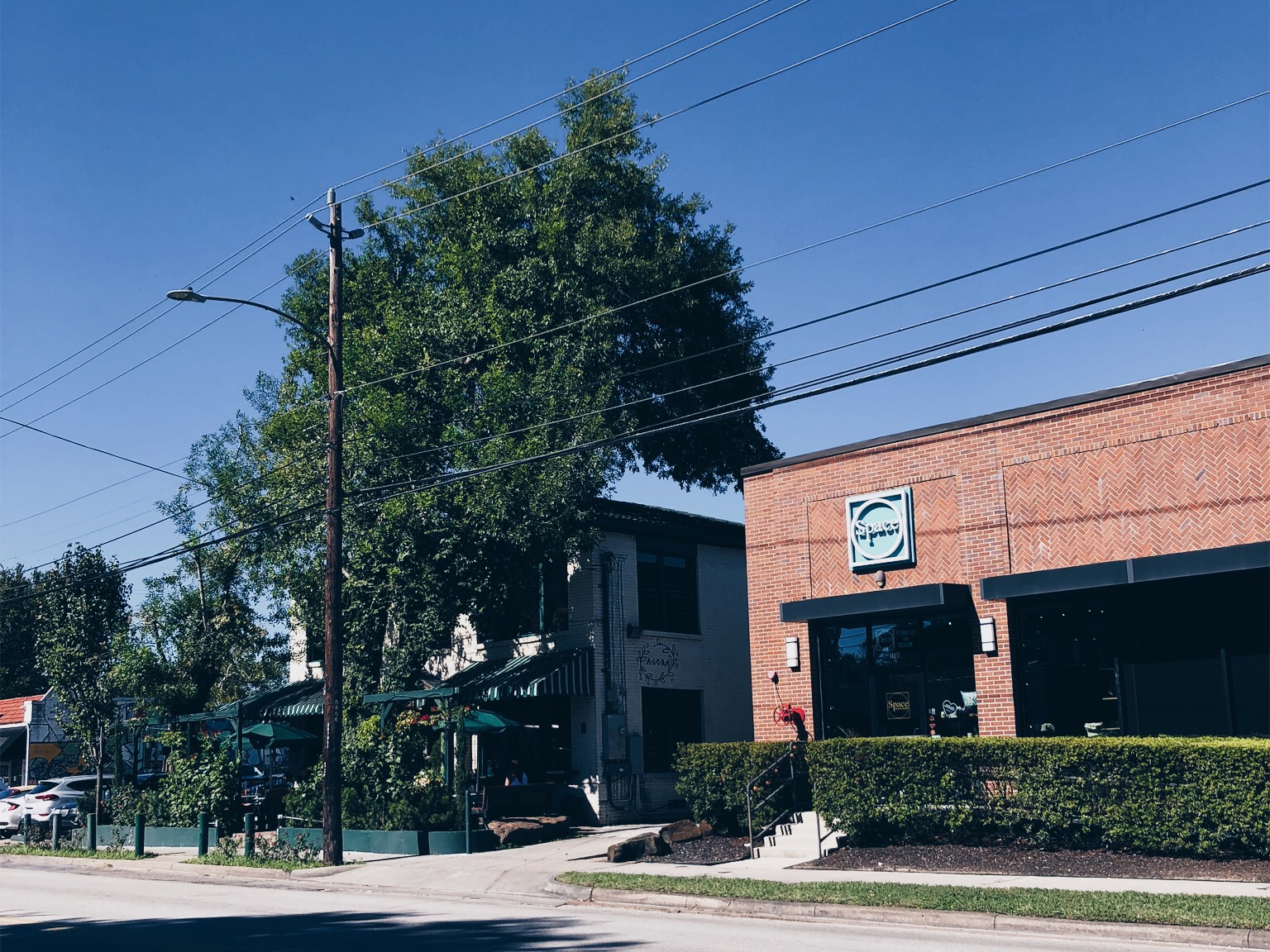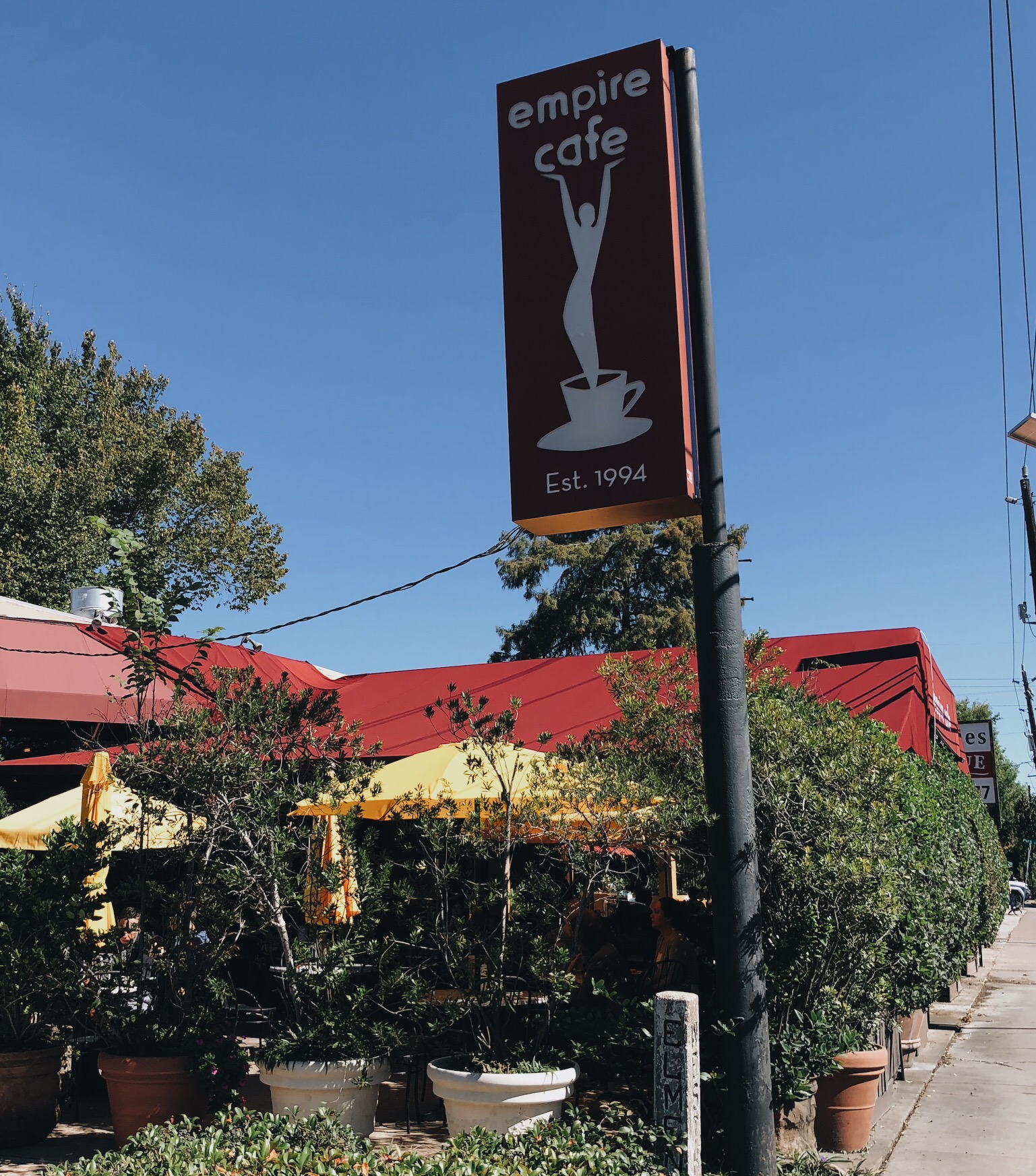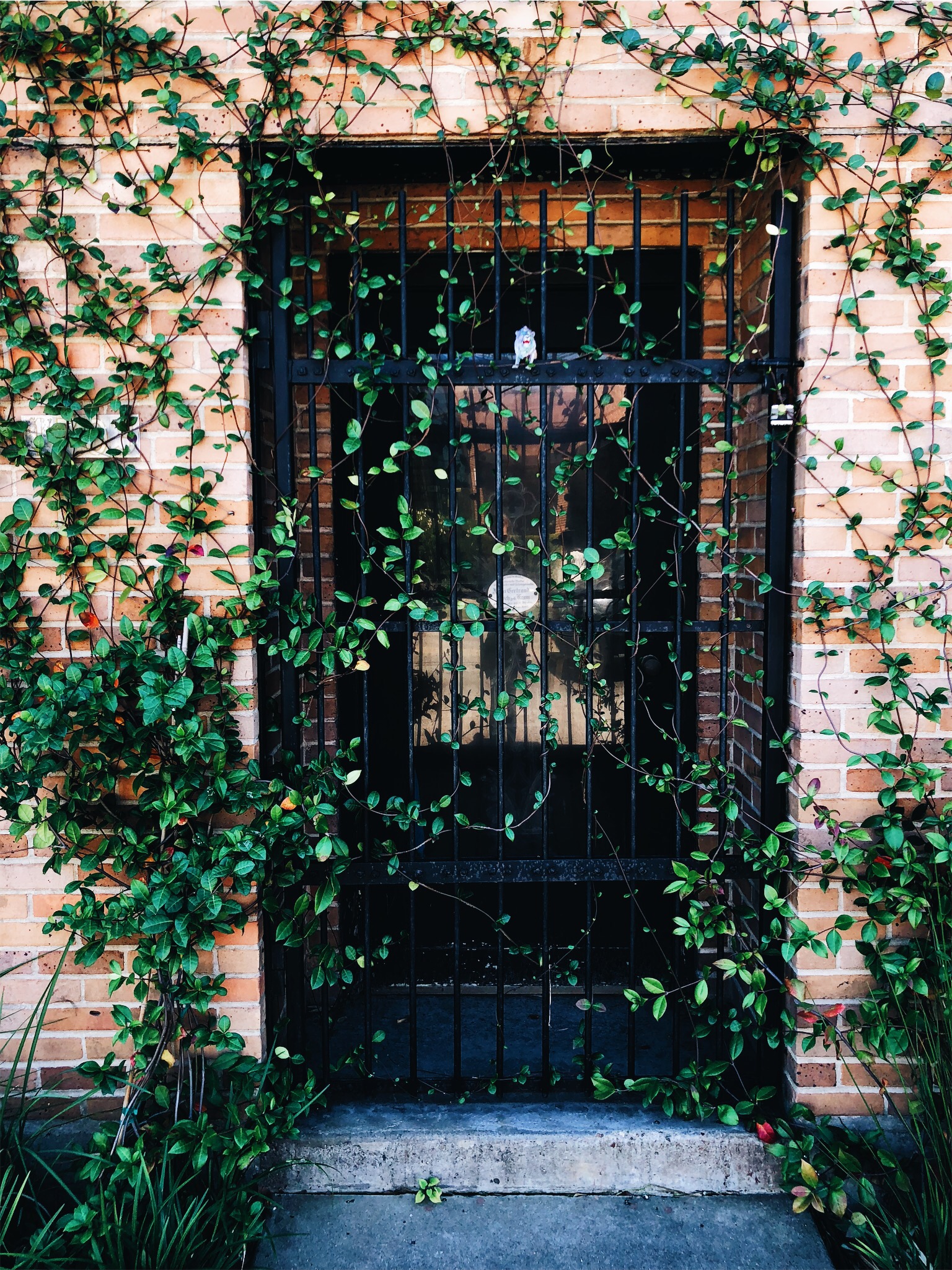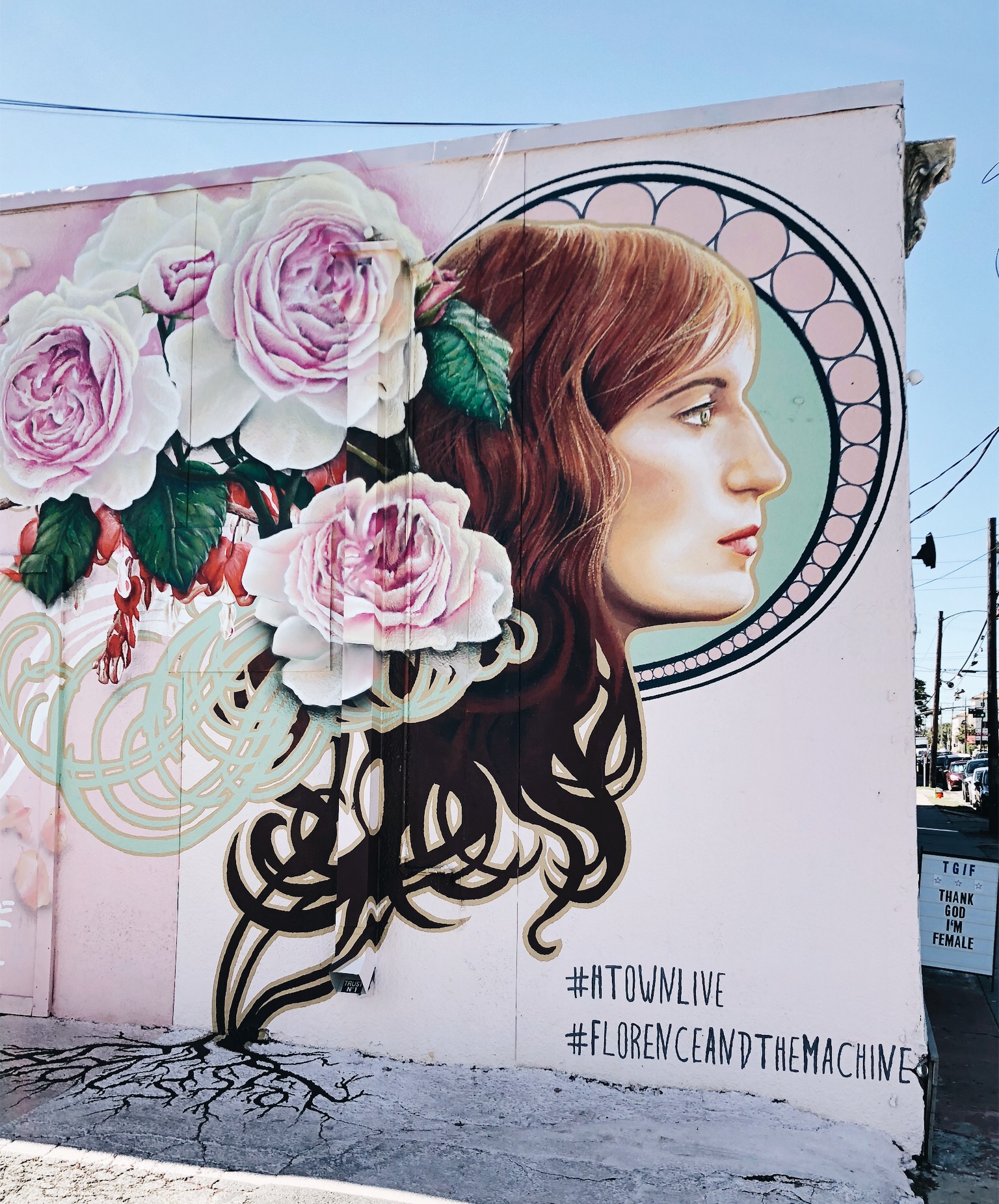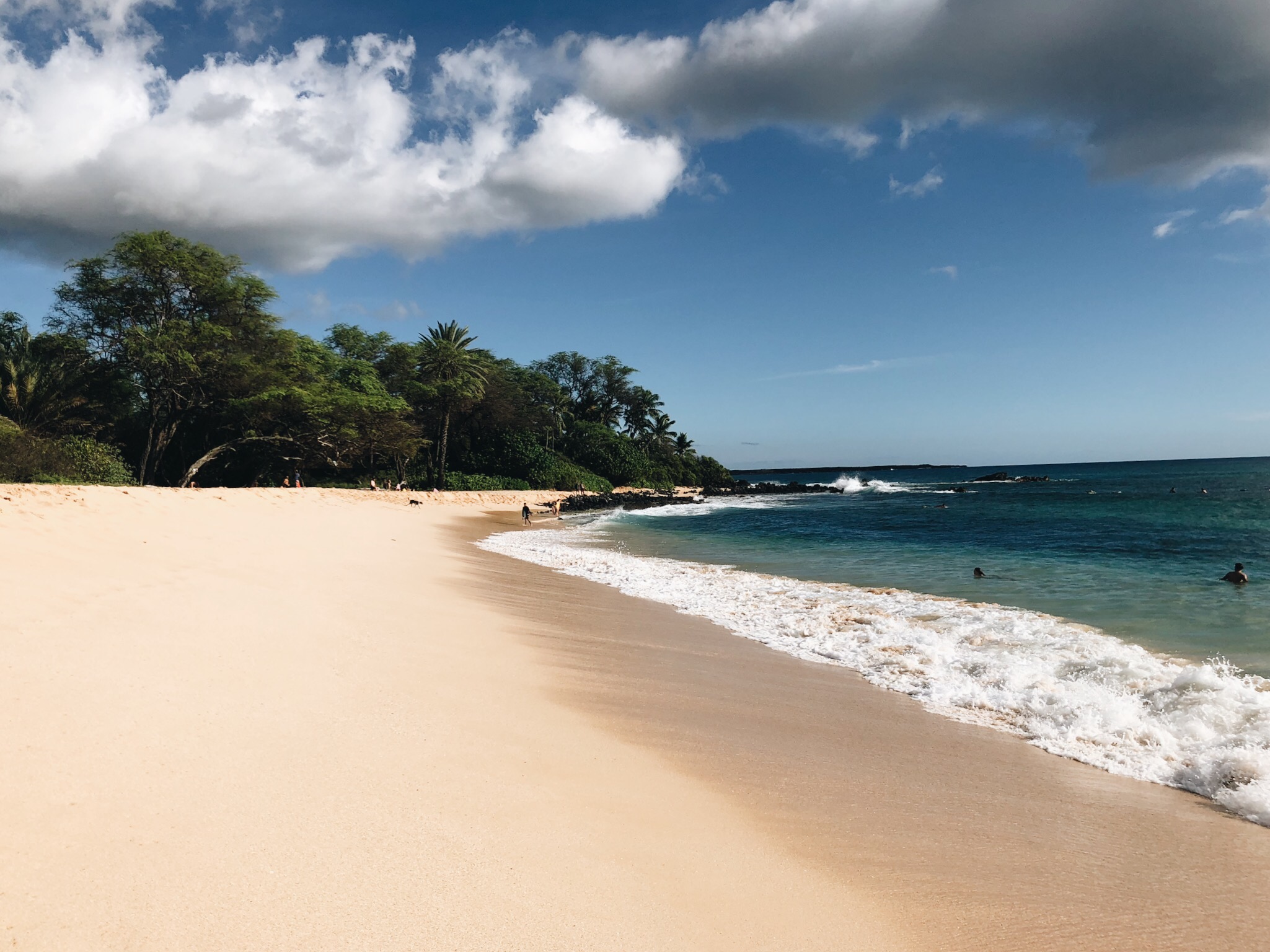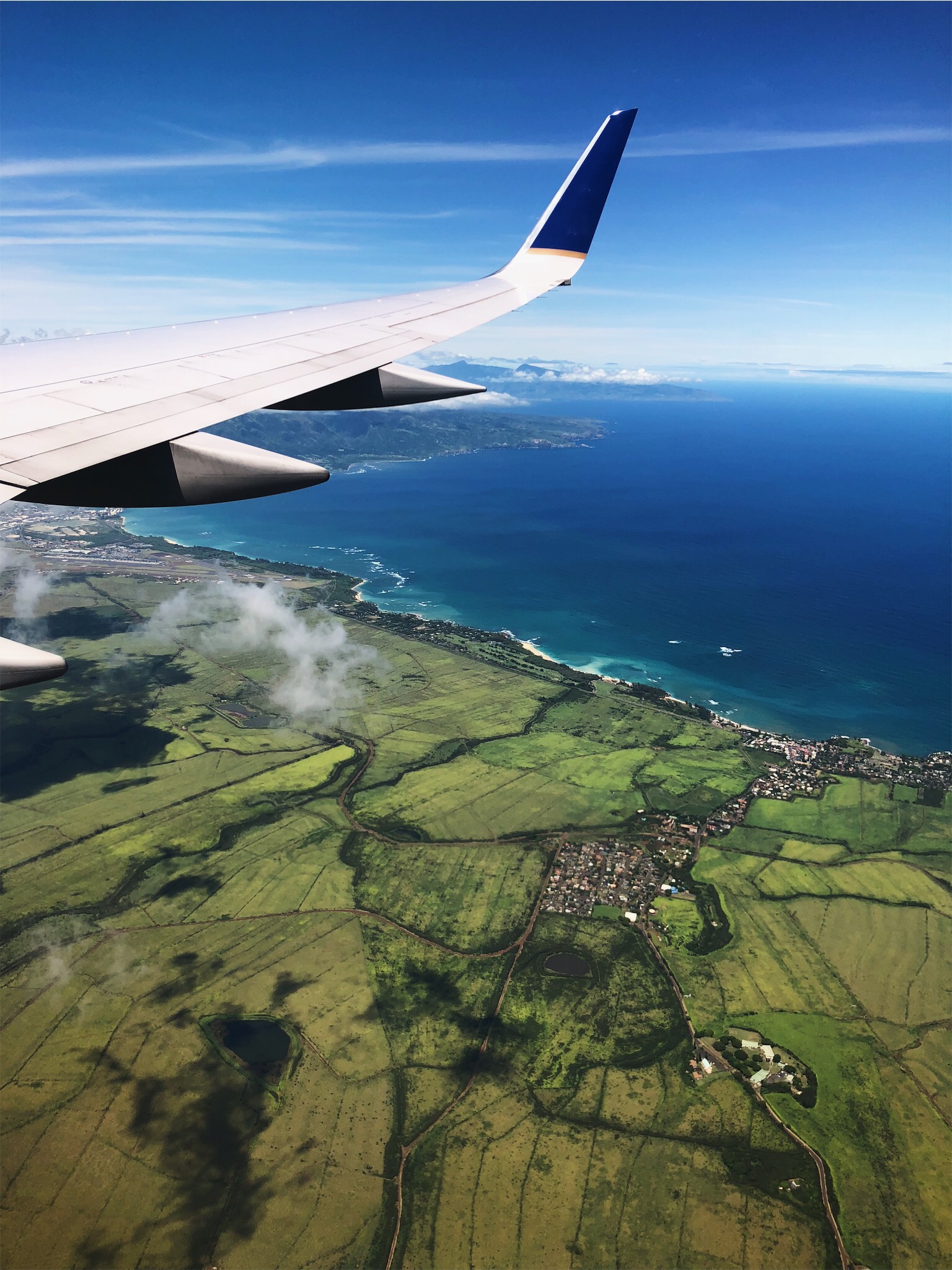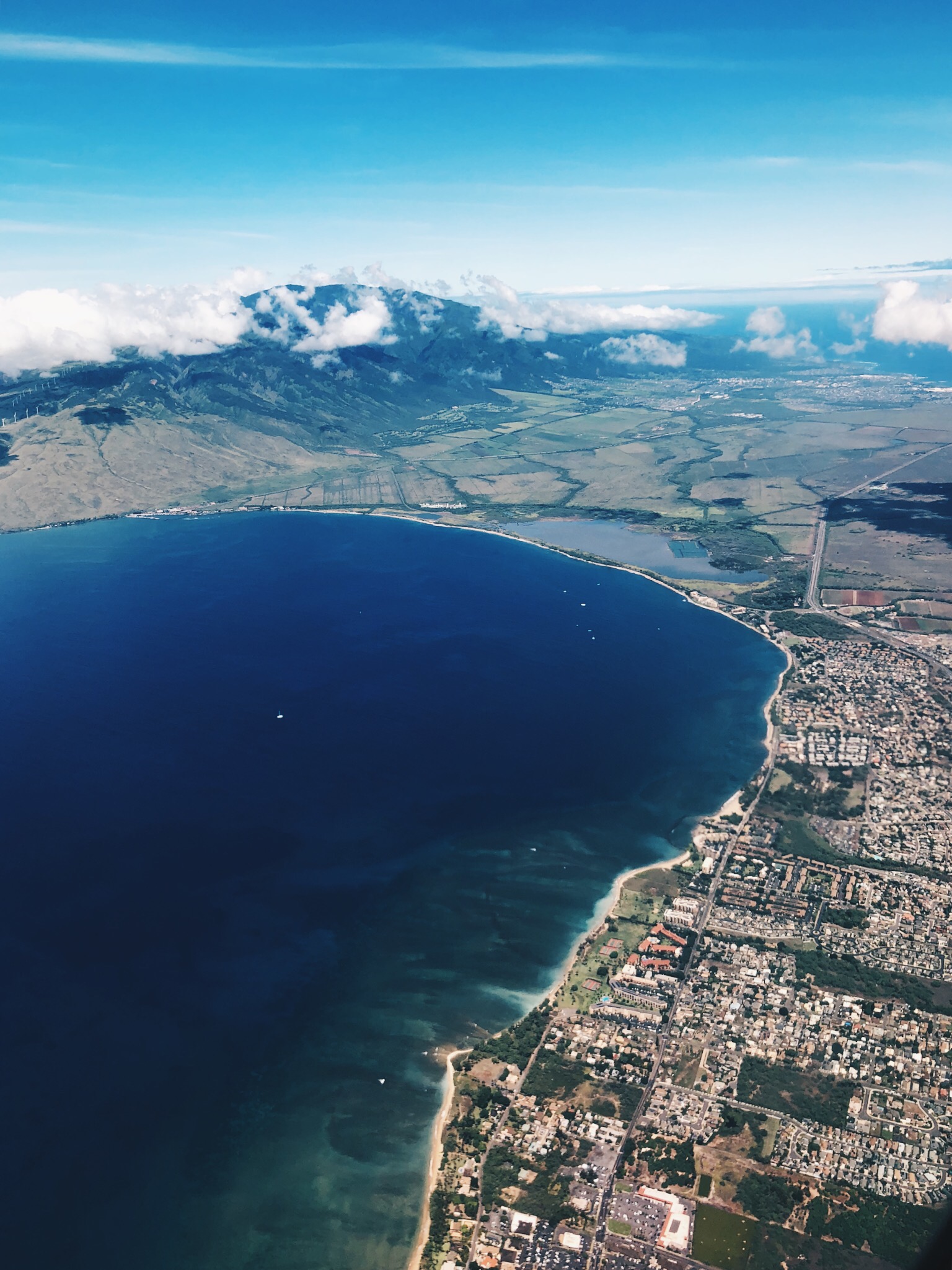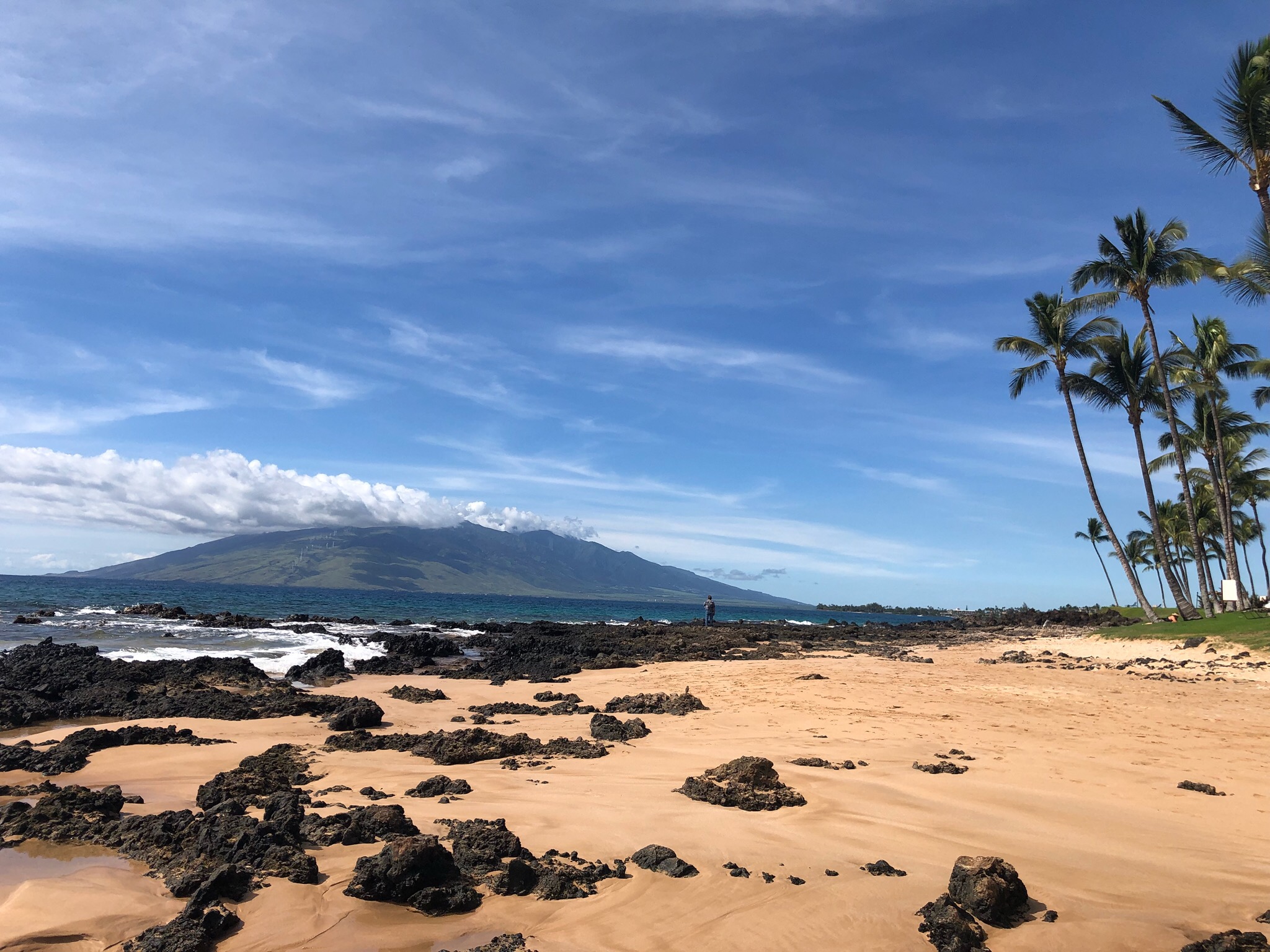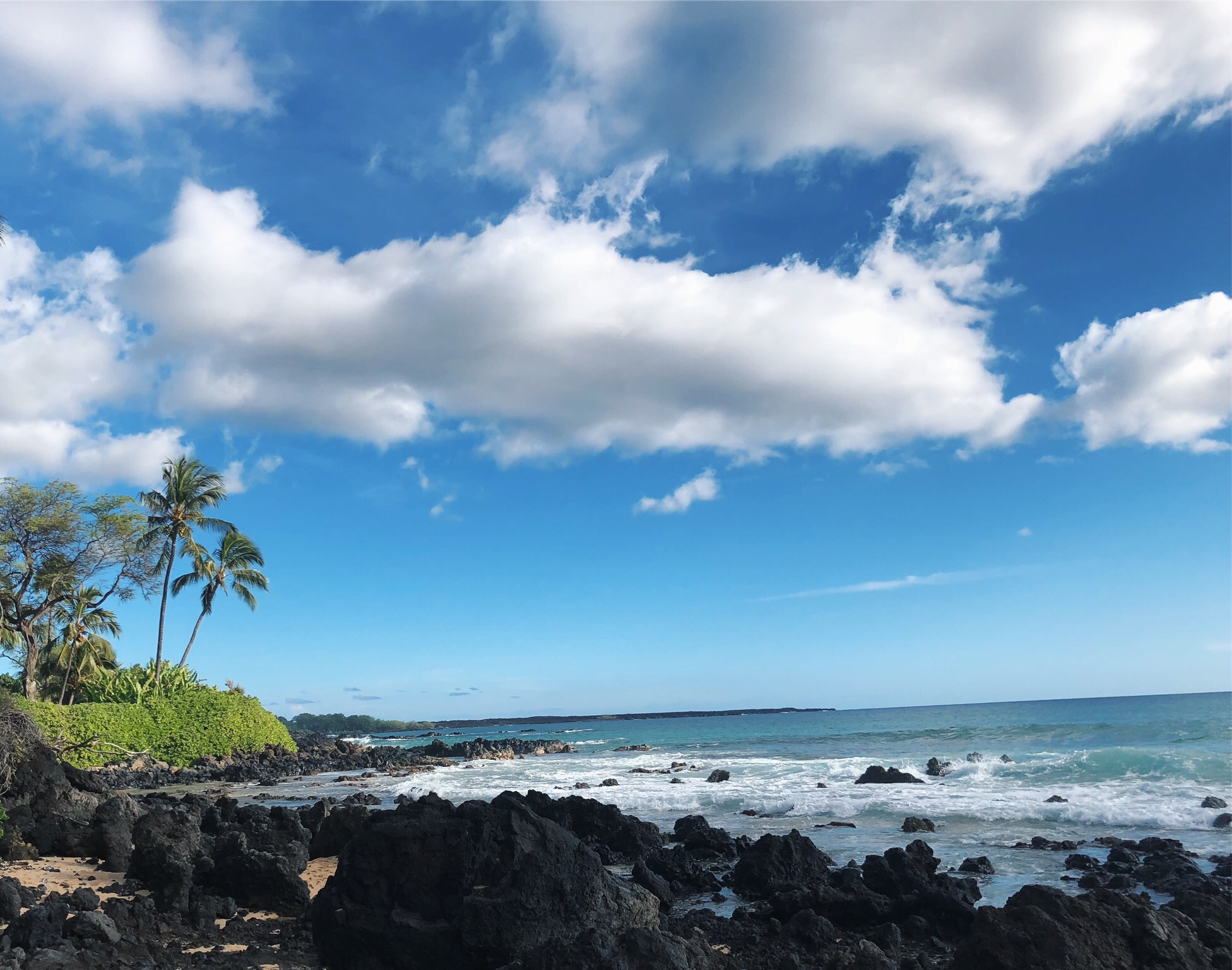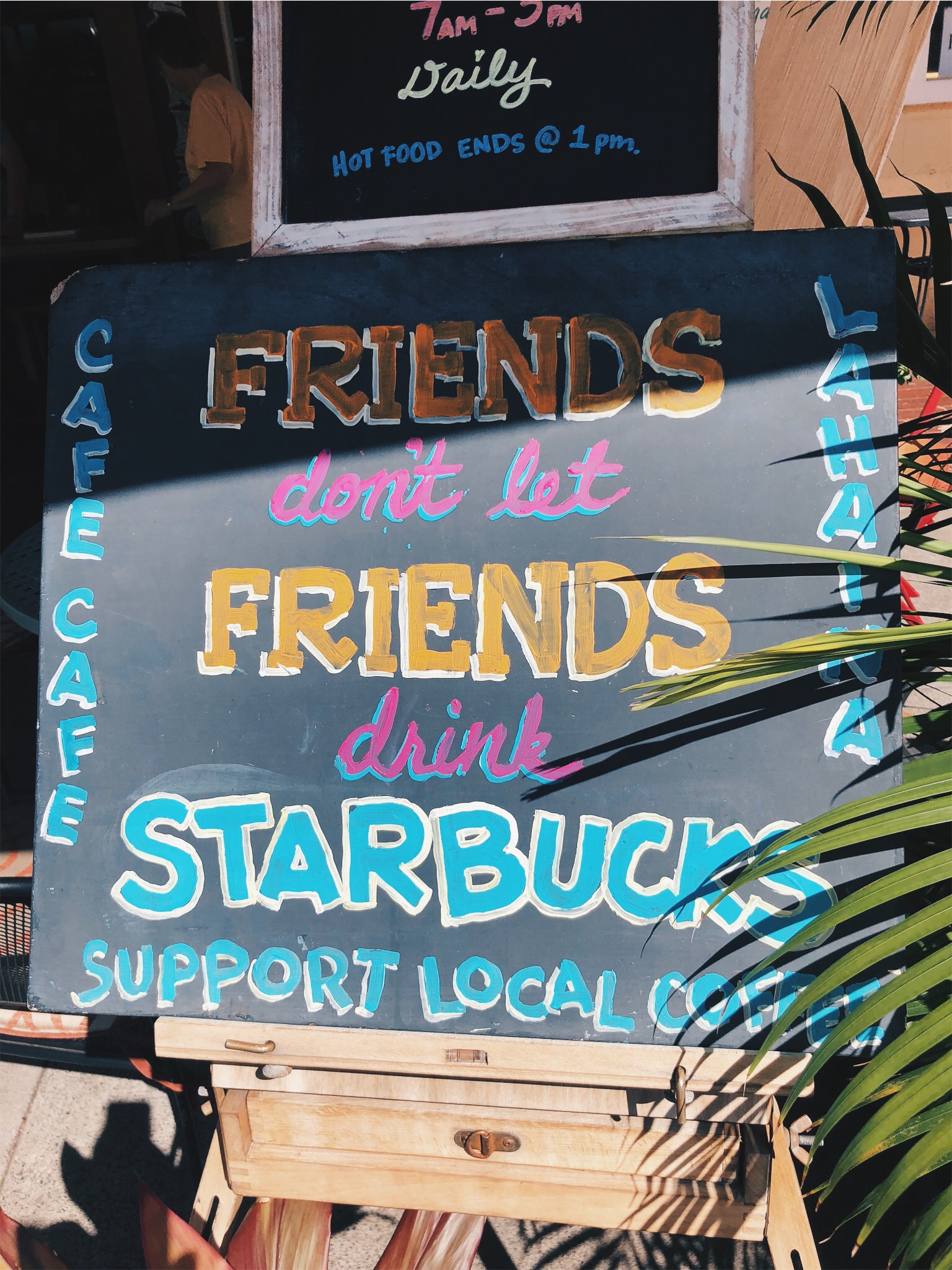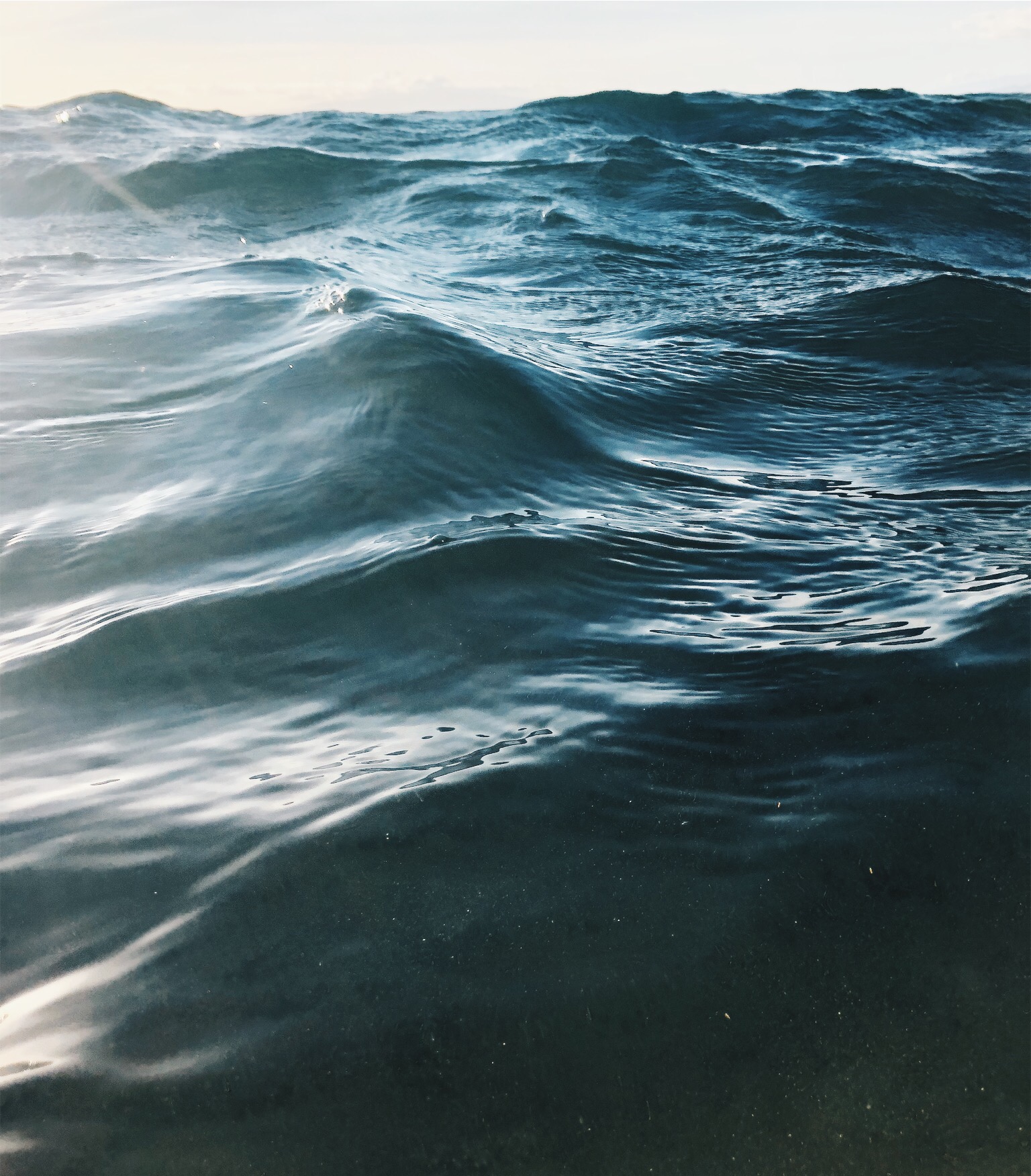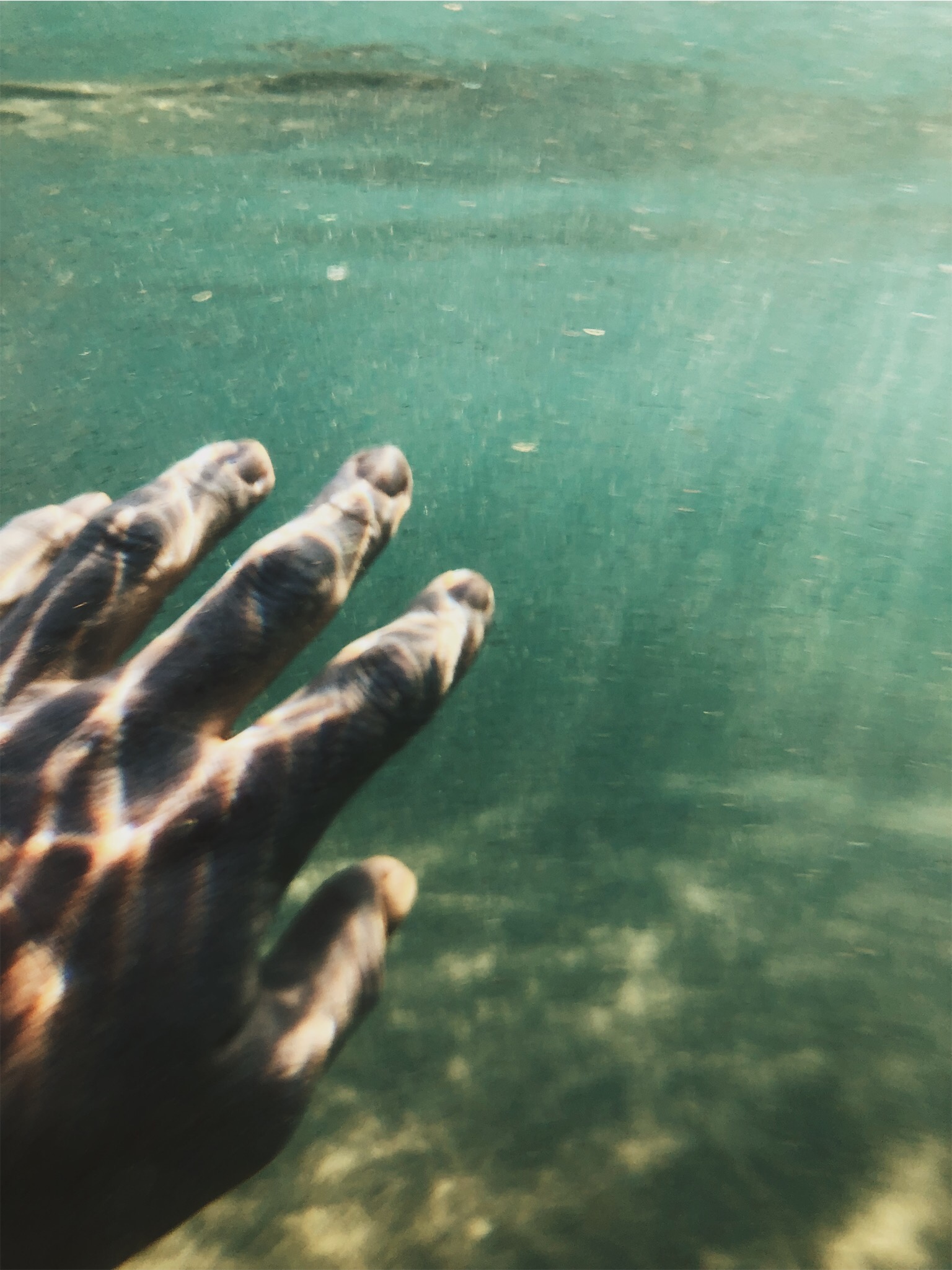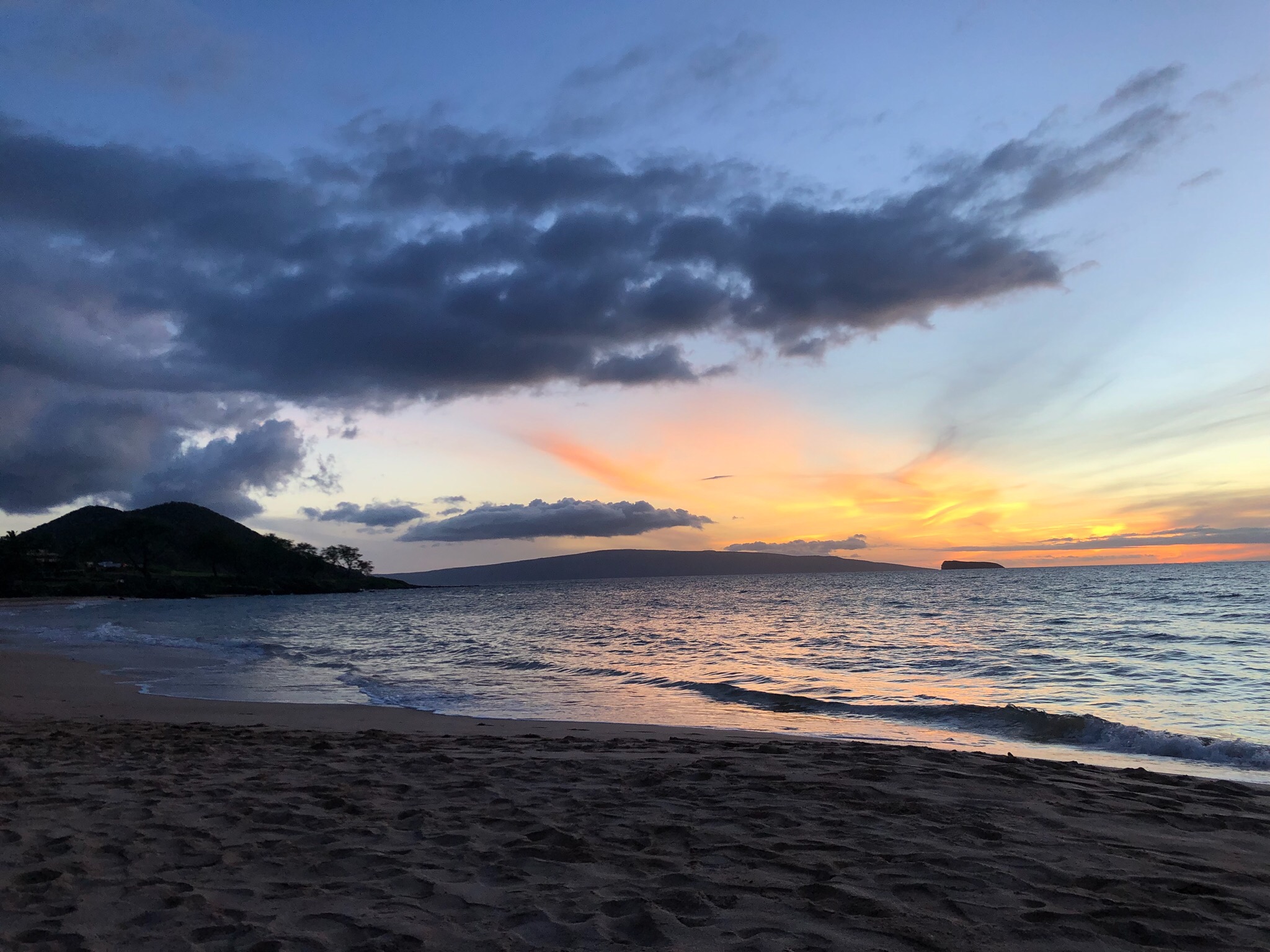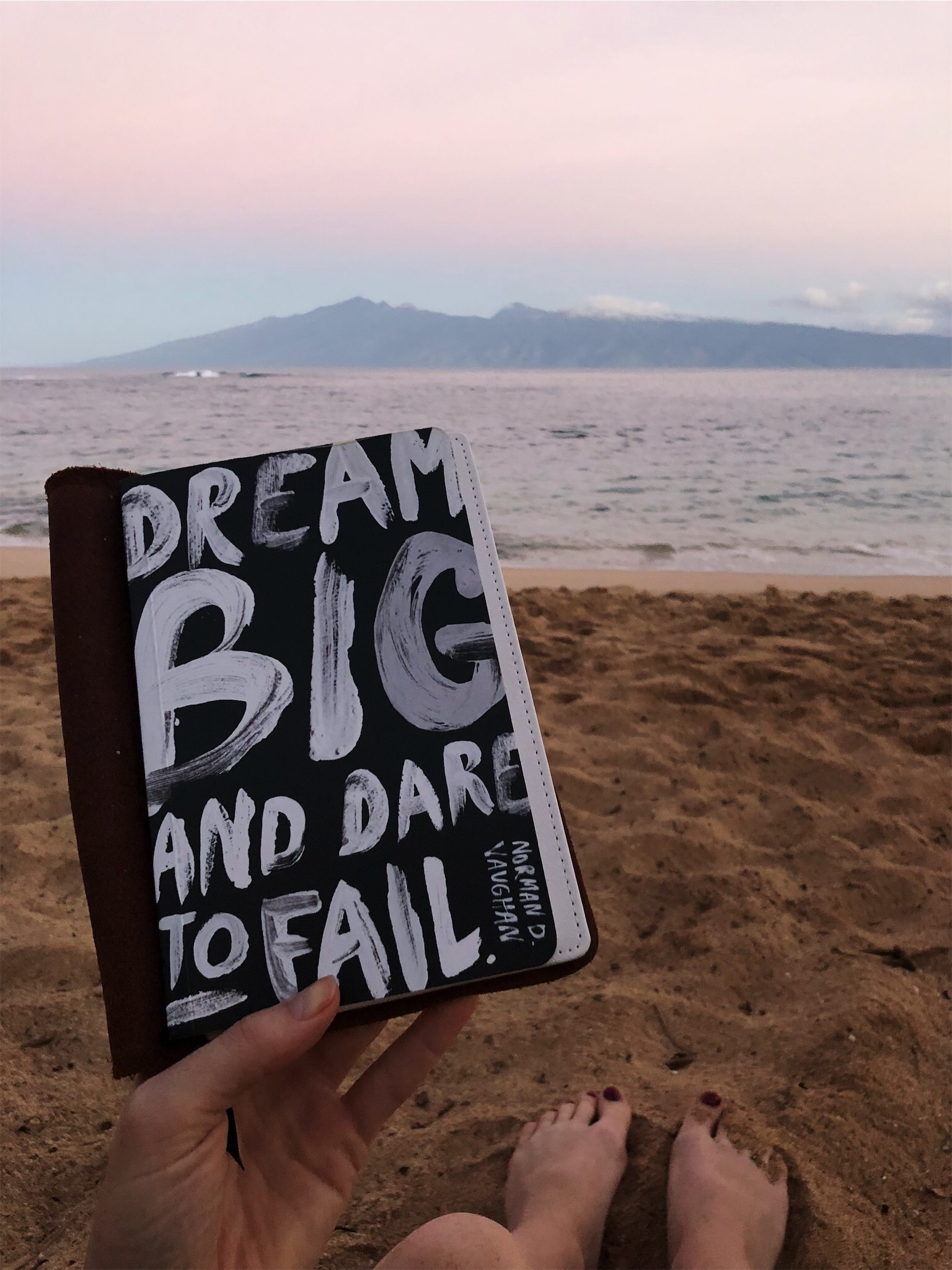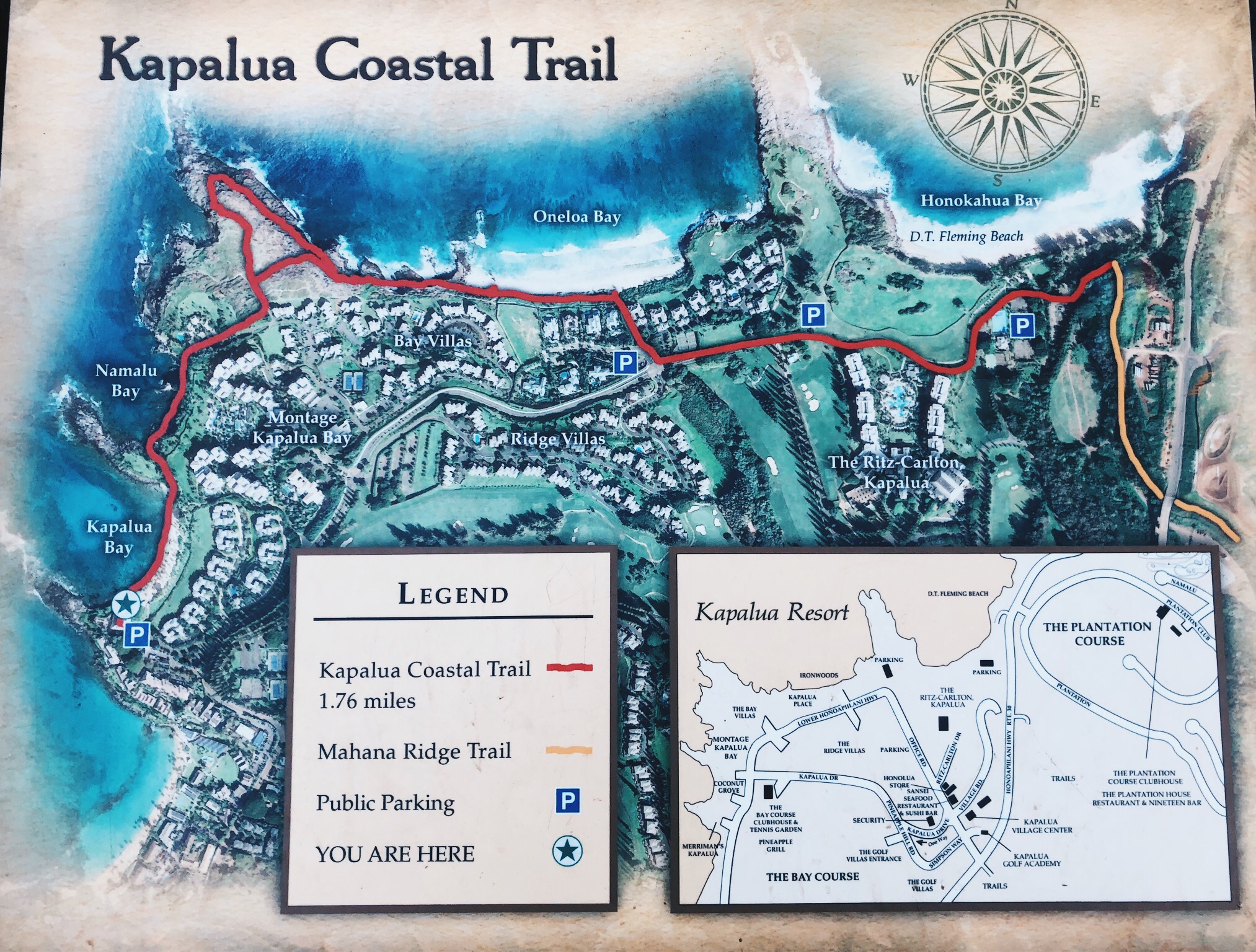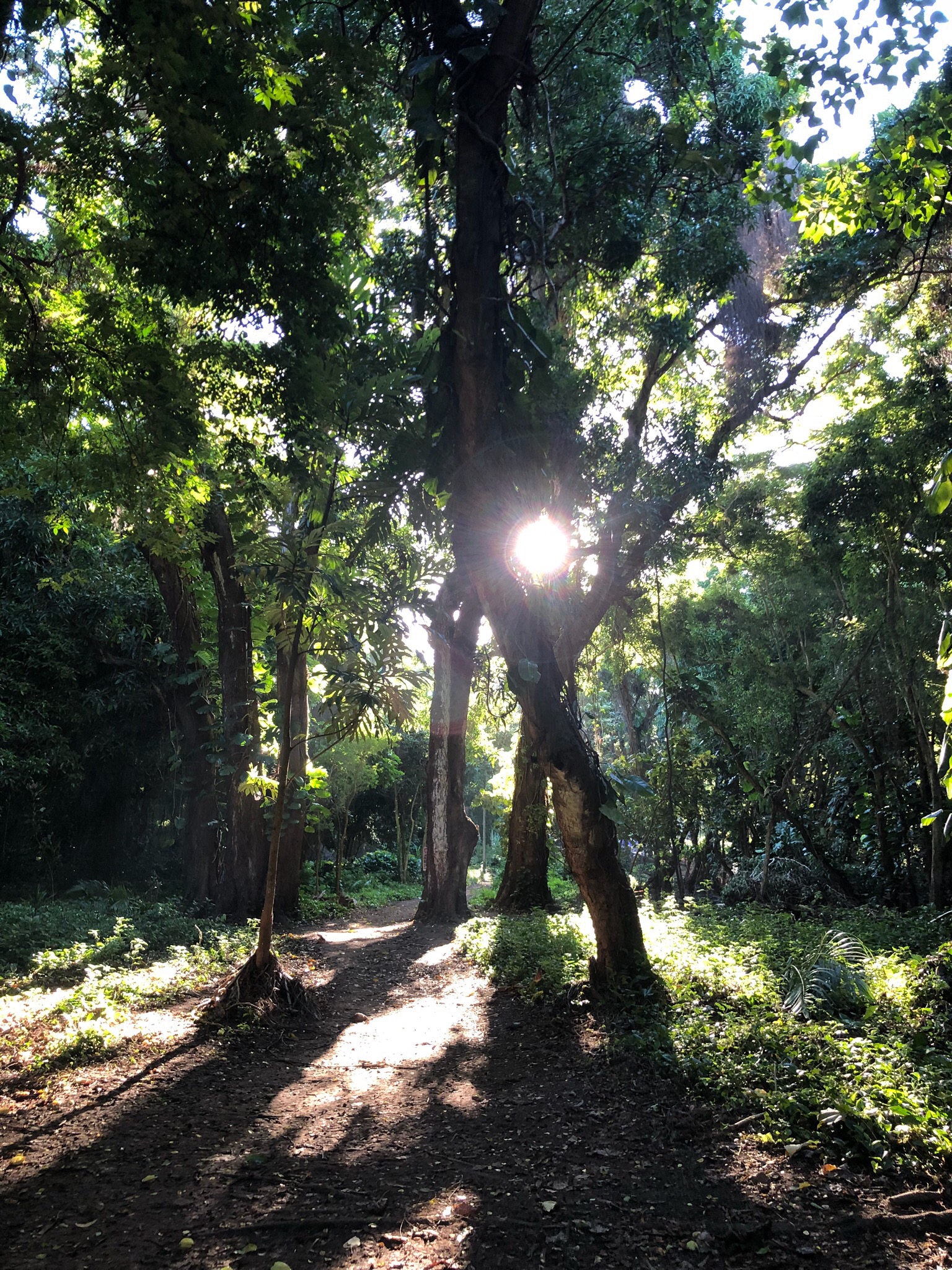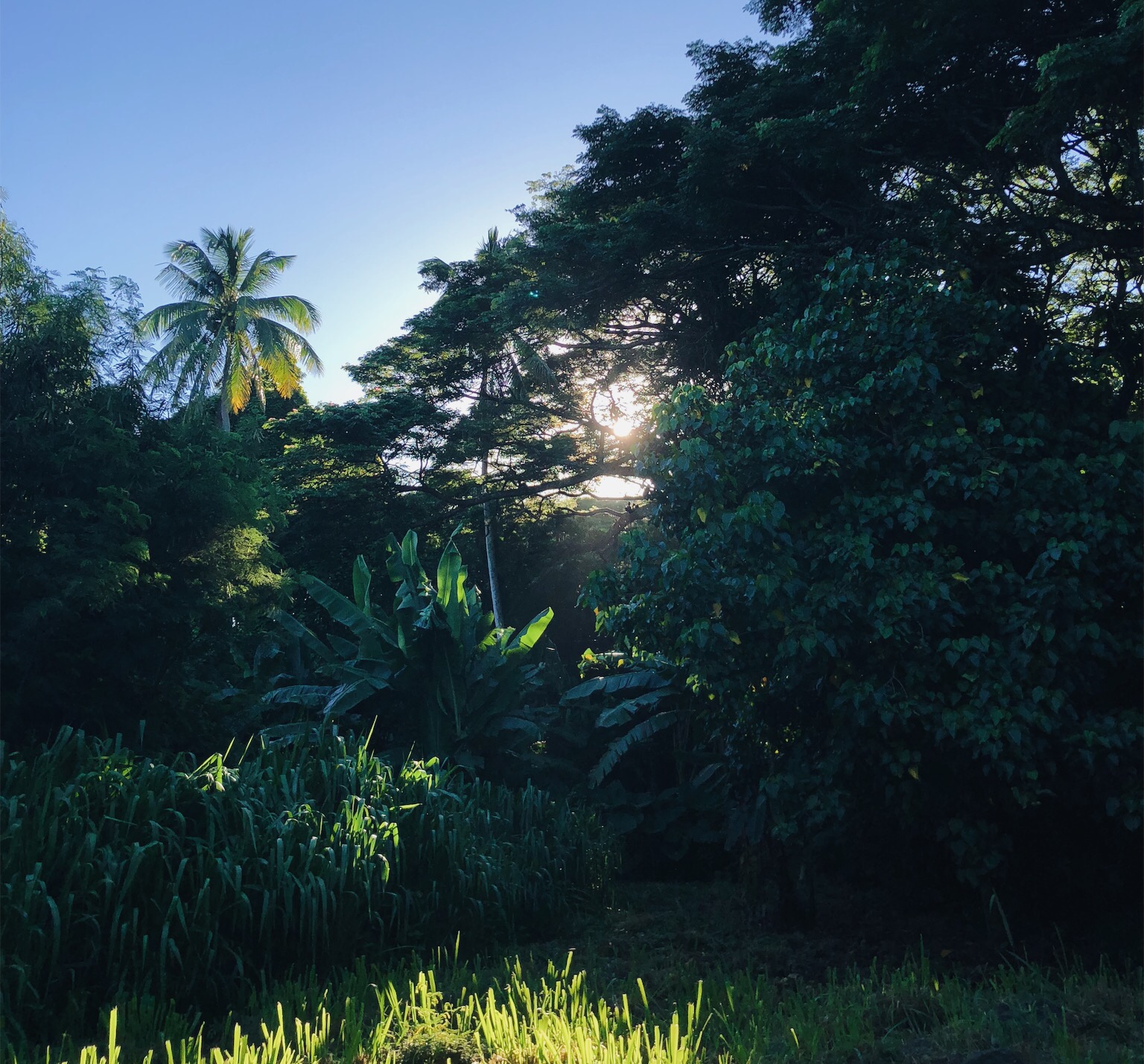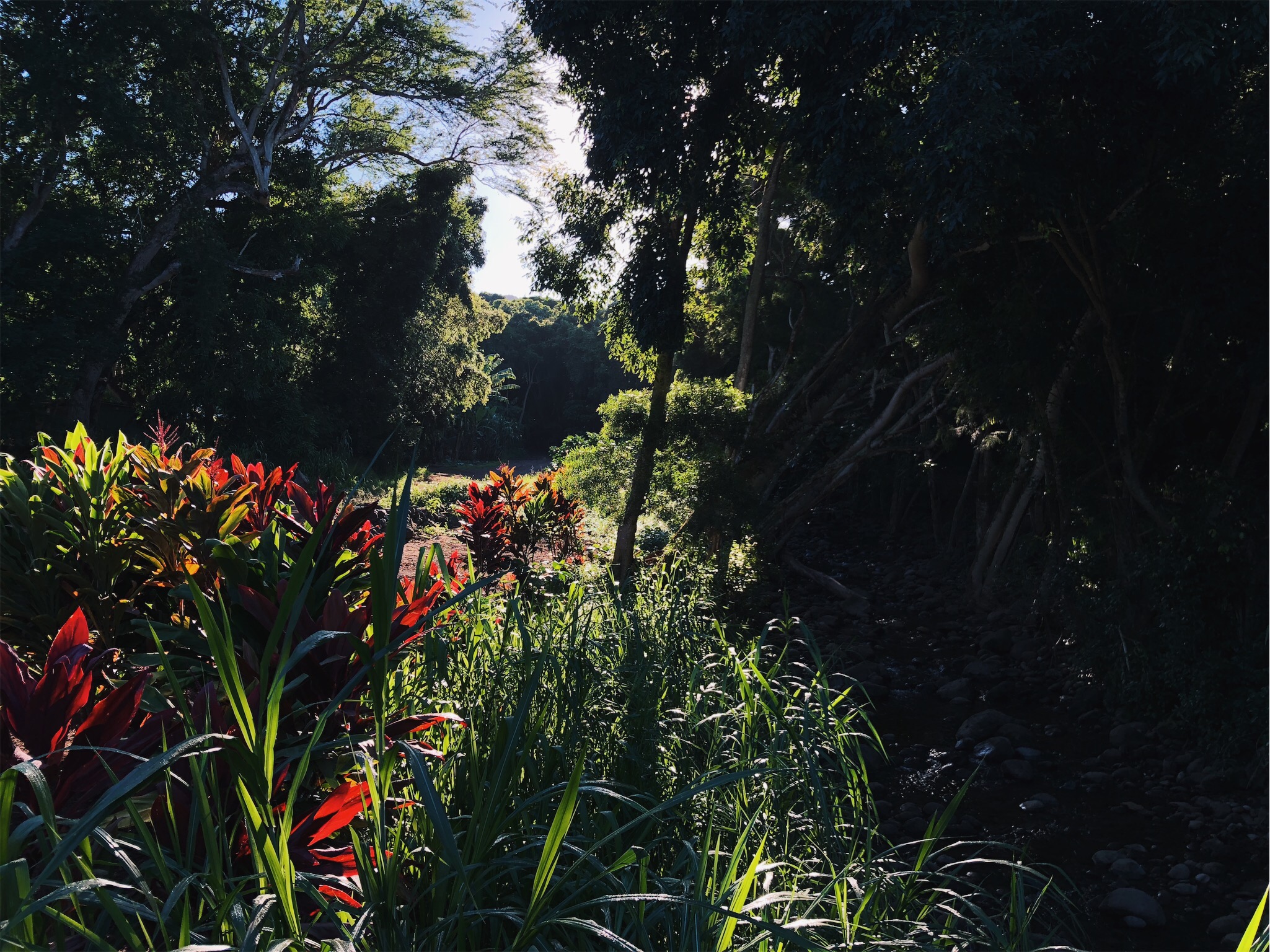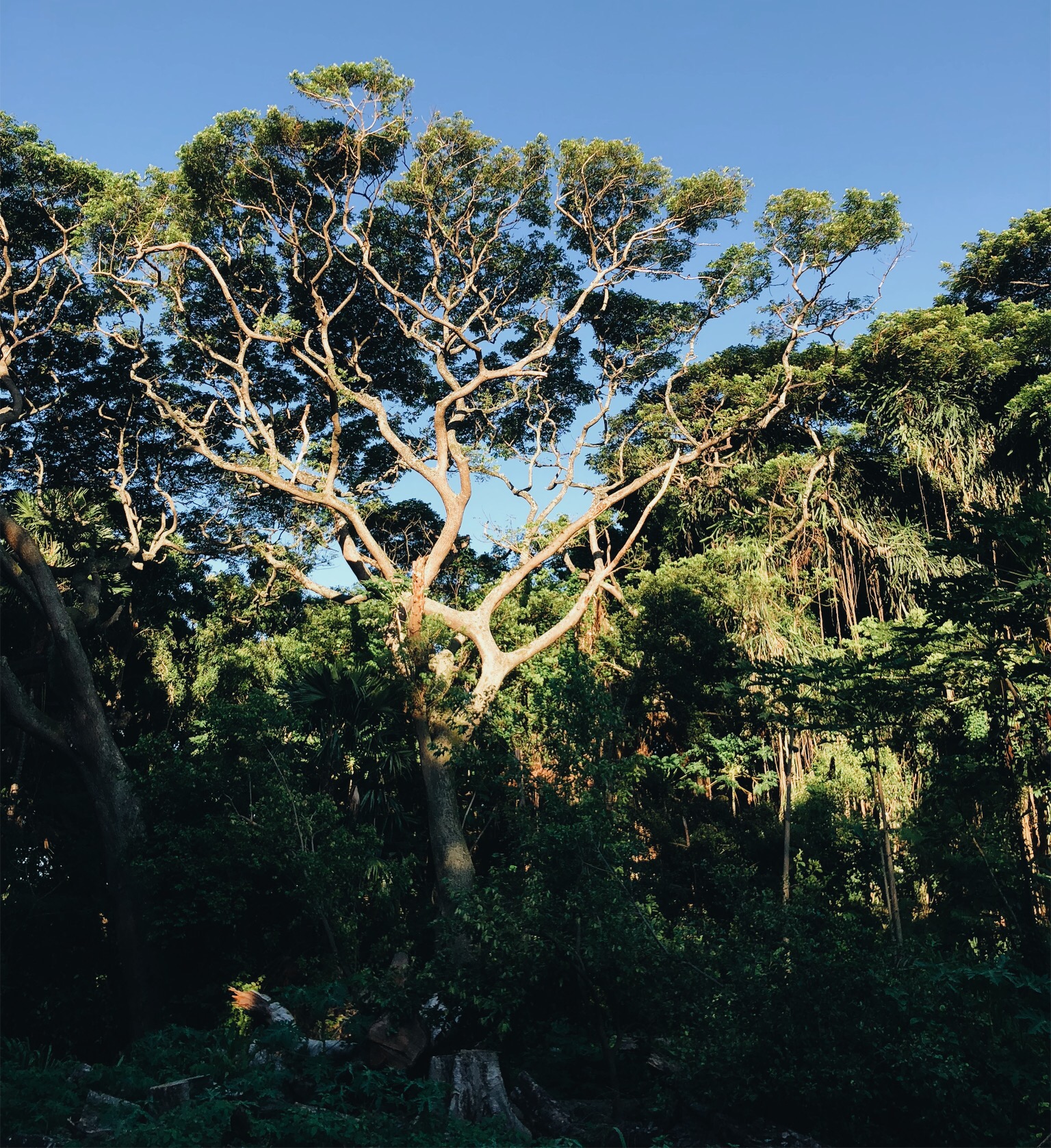“I really don’t agree with that, but I’m gonna keep my mouth shut. I don’t want to get into a discussion, I know how those arguments pan out.” Sound familiar? I’m a little ashamed to admit this, but this thought crosses my mind a lot. I bet I’m not the only one. And I bet that many of you have made yourself this promise as you prepare for Thanksgiving chats with crazy uncles and loud brother-in-laws.
Whether I speak with conservative, Christian friends, or hear the overwhelmingly liberal sounds all around me here in LA, I can’t help but strongly disagree with both. Quite frankly, that can feel scary, and lonely, at times.
I feel like I’m falling into this wide chasm, and can’t allow myself to belong to either side to find some solid ground. I’m drowning in a purple whirlpool, if you will.
My coping mechanism for this has been mentally checking out, and avoiding all political or controversial topics. I even stopped listening to the news for several years because of it.
I see this tendency a lot, especially amongst students and amongst church-goers. This causes a structural ignorance that makes a whole generation irrelevant in tomorrow’s conversation that requires sharpened critical minds to come up with creative solutions for pressing problems.
I can’t afford to do that. We can’t afford to continue to do that. Putting my head in the sand is not an option if I want a seat at the table.
So I’ve started to let myself be affected by the intense polarization around me. I’m allowing it to be uncomfortable, and to challenge any lingering insecurities inside of me.
This Summer, I read “Braving the Wilderness” by Dr. Brown. I’m starting to think that it was likely the most important book of 2019, even though I didn’t recognize it as such when I was reading it.
Dr. Brown takes her, now arguably infamous, principles beyond her usual personal and inter-personal perspective and applies it to a macro-level, shedding light on current developments in society. She discusses how in a polarizing political climate, complex issues are presented as having only two options. You either agree, or disagree. She describes how detrimental this is for our families, communities, cities and country.
No social issue is ever that simple. The most polarizing topics – you know, the ones that you aim to carefully avoid at next week’s thanksgiving table – are only polarizing when they are stripped down to a simplified black-and-white illustration. For the sake of persuasion, these social issues become an outline of bite-sized ideas, a ghost of the multi-layered issue it really is.
Abortion, immigration, foreign policy, health care, gun ownership… none of these are simple two-option topics. The implications and consequences of each standpoint overlap into many other aspects of society, so a harsh cut-and-dry statement almost always shows a subtle social illiteracy.
Yet, who has the courage to admit they don’t know enough about the topic to form a solid stance? Quotable tweets and visually pleasing infographics are stitched together to portray a well-informed reputation, yet there’s rarely any real background research to back it up. But who cares whether or not you really understand the complexity if you only need to decide one side or another?
I can’t help but see the effect of three centuries of a bi-partisan political structure embedded in the cultural norms of popular debate.
Effective? Maybe. Polarizing? Dear God, yes.
Any debate that starts with the presentation of only two sides, and demands to pick one early on, is doomed before it even began. It’s a sign of immaturity and a narrow educative input to not be able to let someone share a middle ground, a nuanced opinion, or a unique angle. It seems like there’s only space for bazooka-opinions, aimed to slaughter the opposing side.
If people around you feel don’t safe to disagree or ask questions, you might want to check your intentions. Do you really want a conversation, or do you need a soapbox to validate your right to have a voice? Only those who don’t have their identity wrapped into their opinions are the ones able to learn, and the only ones truly qualified to teach.
Nervous about next week? You’re not the only one. Yet mentally checking out or tiptoeing around hot topics won’t help build a bridge. If your Thanksgiving table turns into a battleground with opposing sides digging trenches, dare to sit down and break bread in the middle. Let’s not forget that we are showing the kids at the edge of the table how to behave, talk and interact once they get a seat of their own.
I don’t know about you, but I’m tired of grayscale or clashing colors. I’ll be painting my Thanksgiving table, and every table thereafter, in a rainbow of colors instead of merely two.

Share this post if you want your guests to know that you will do the same.


